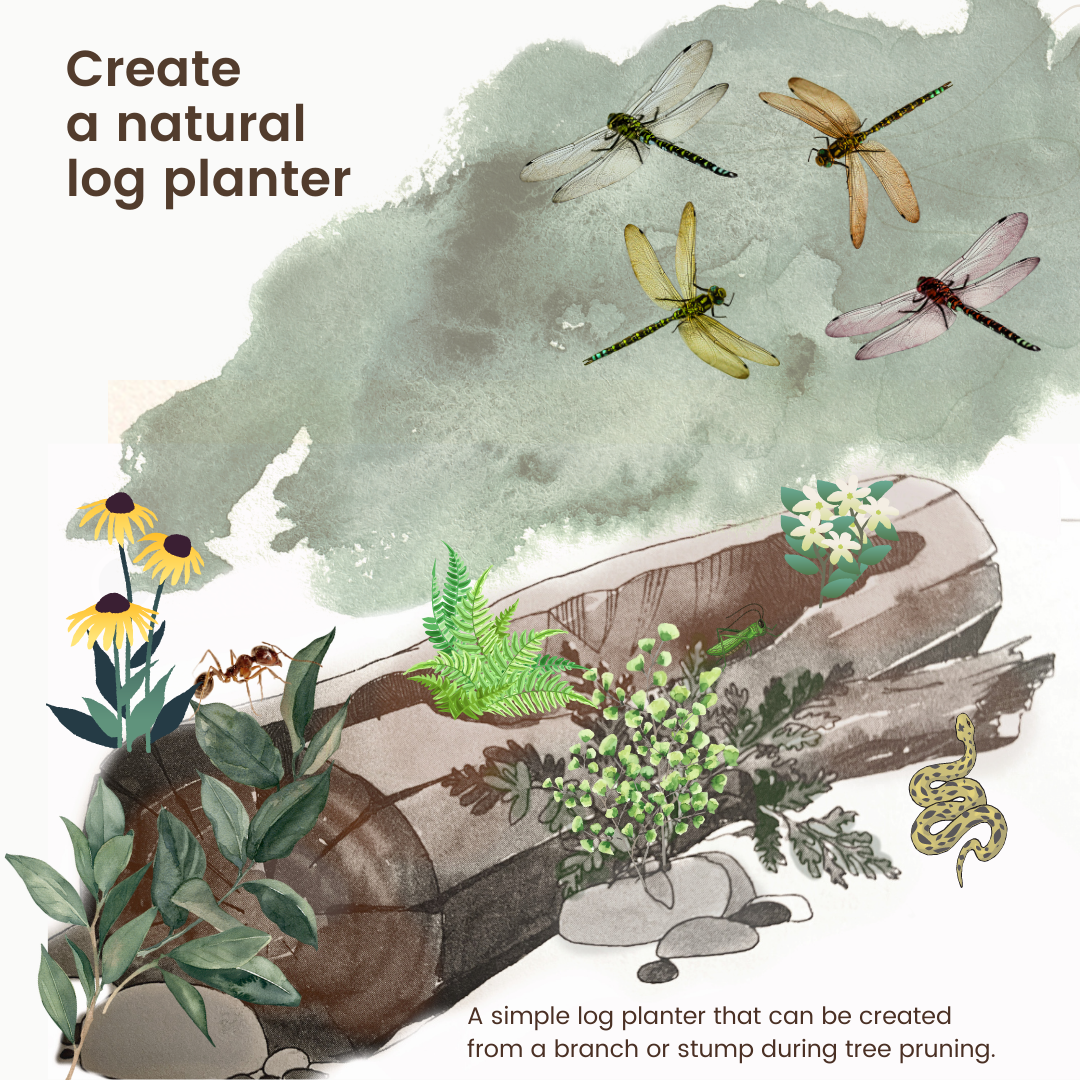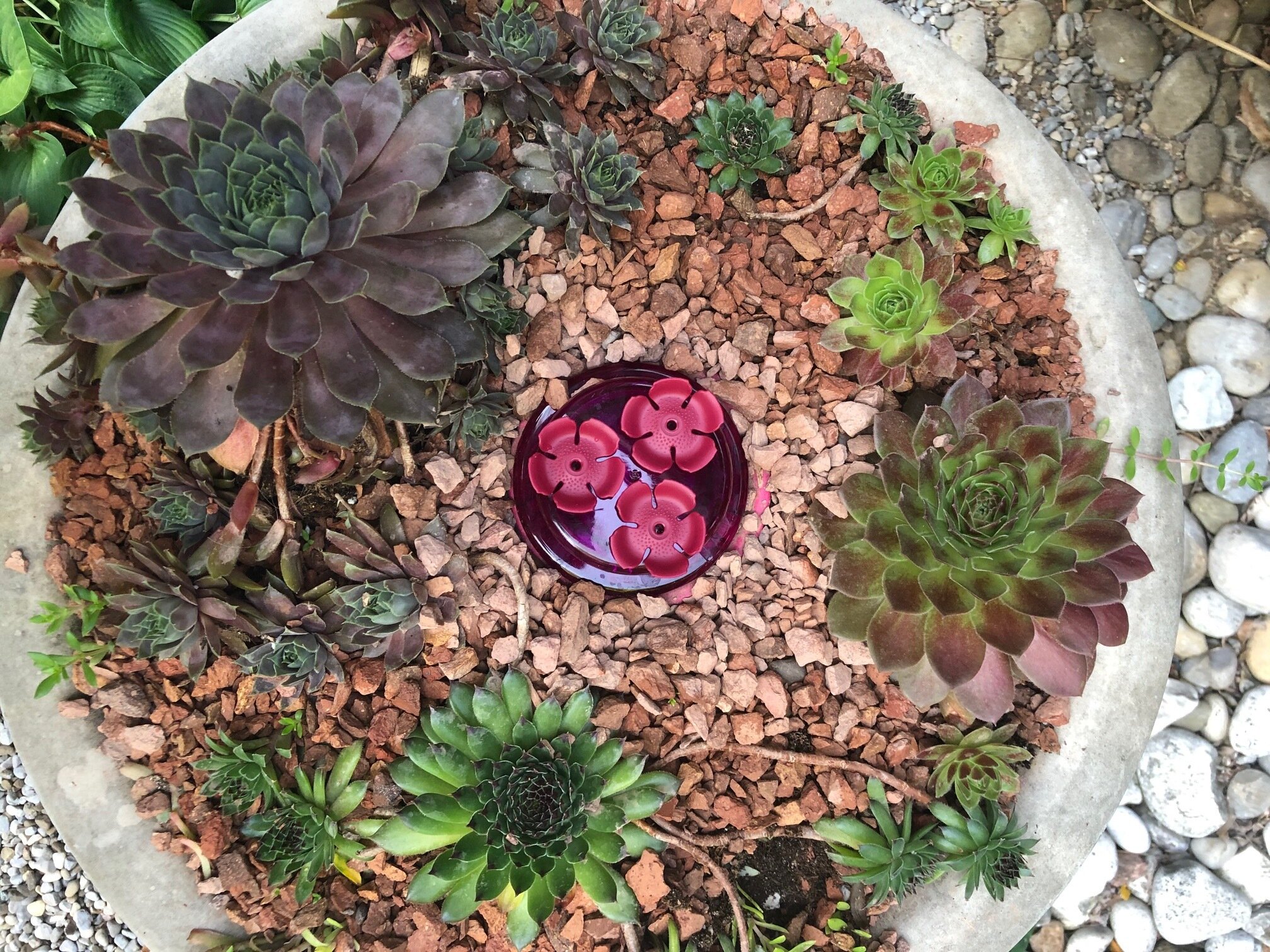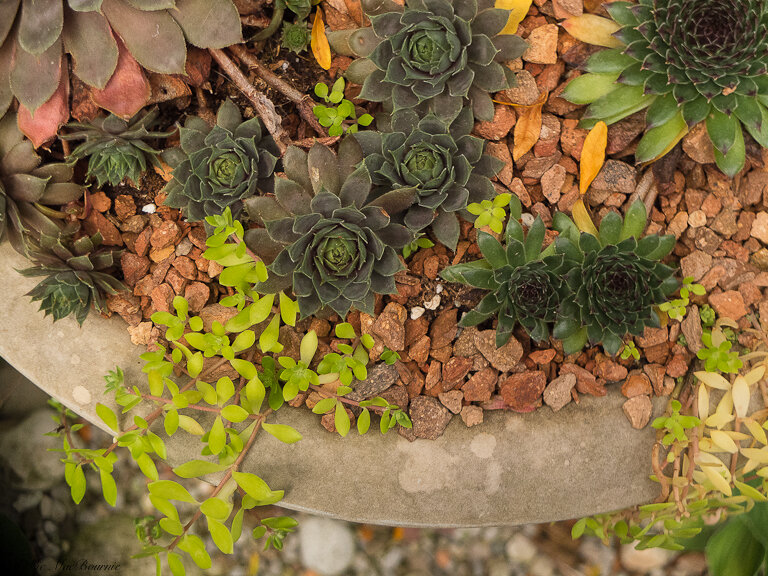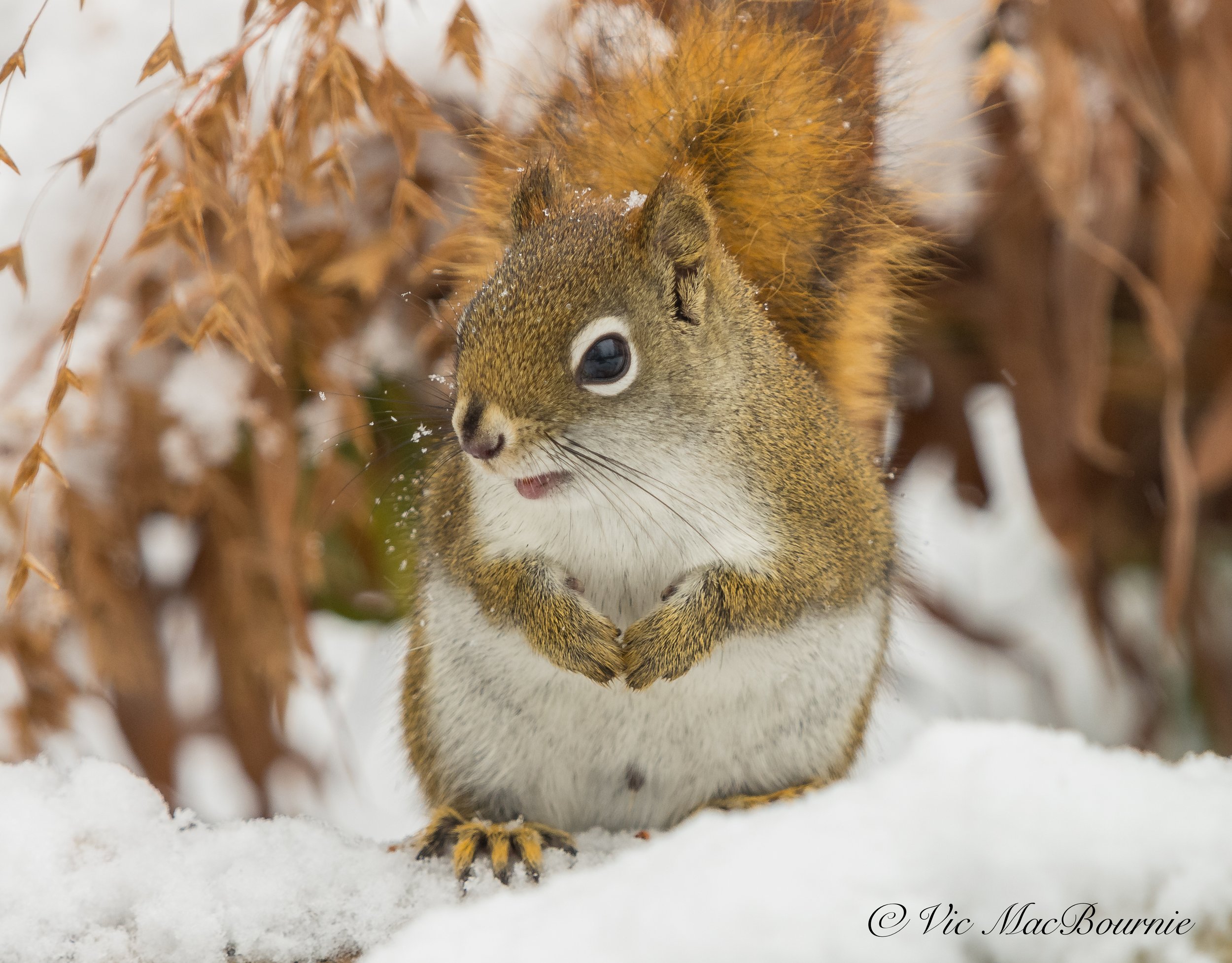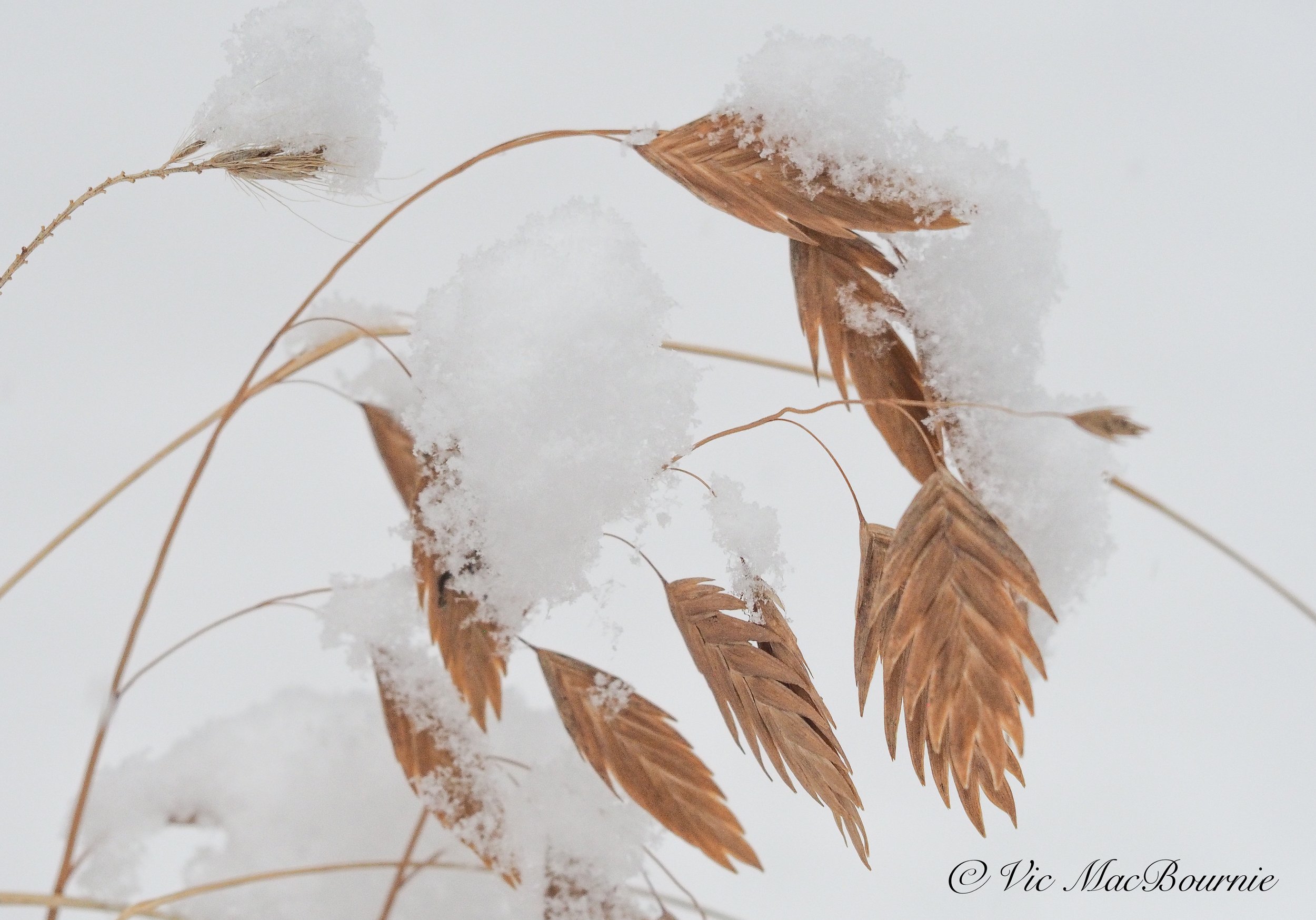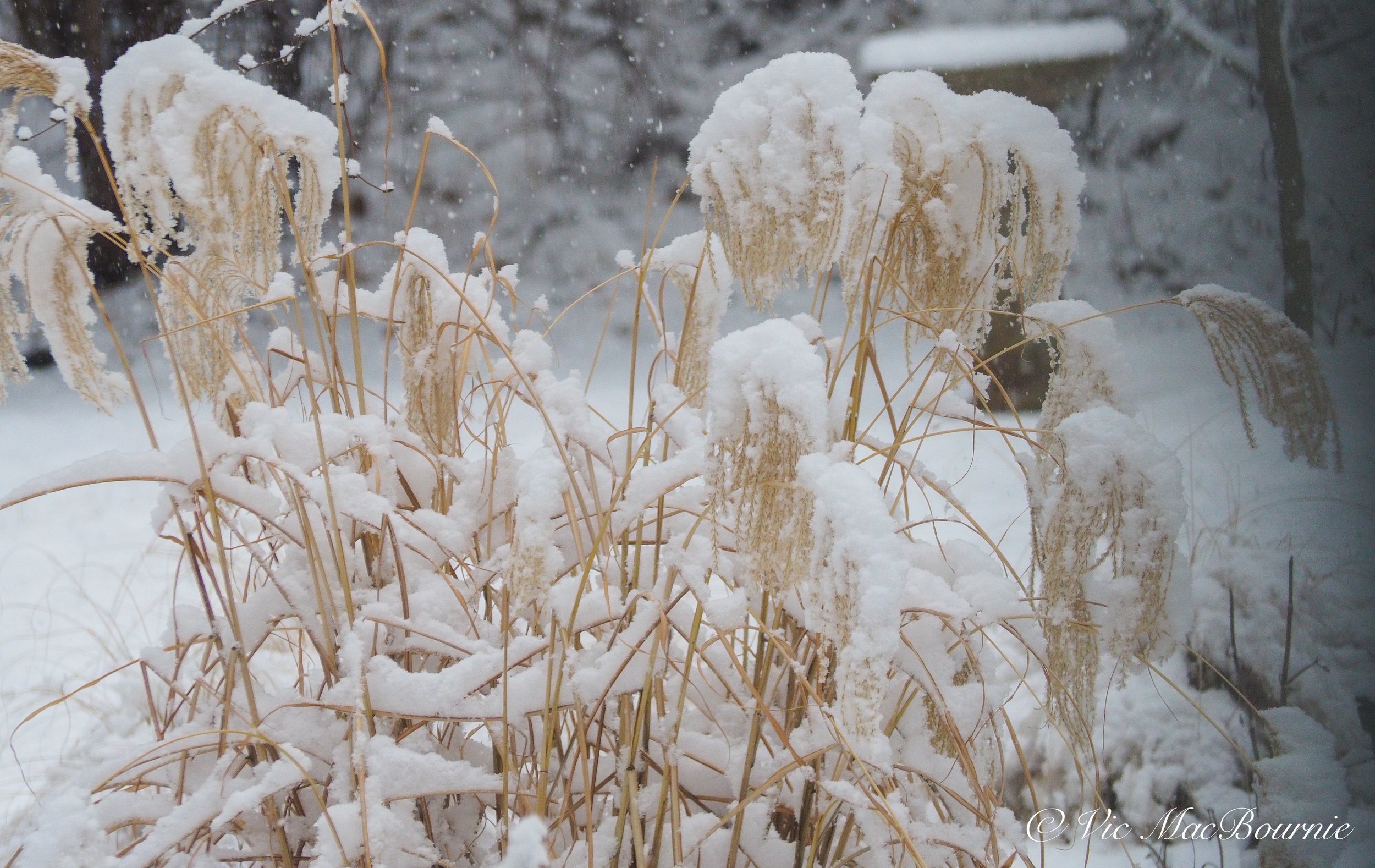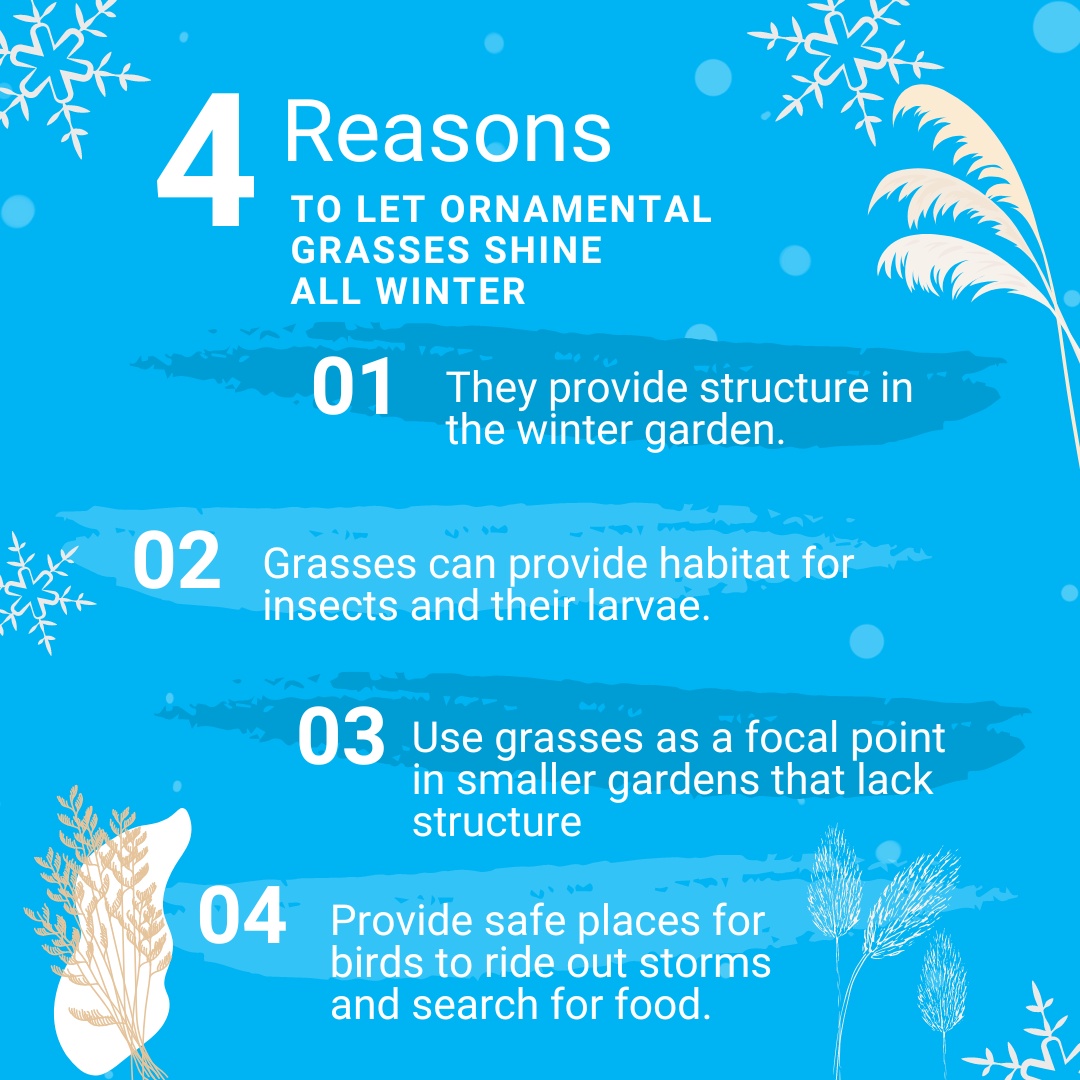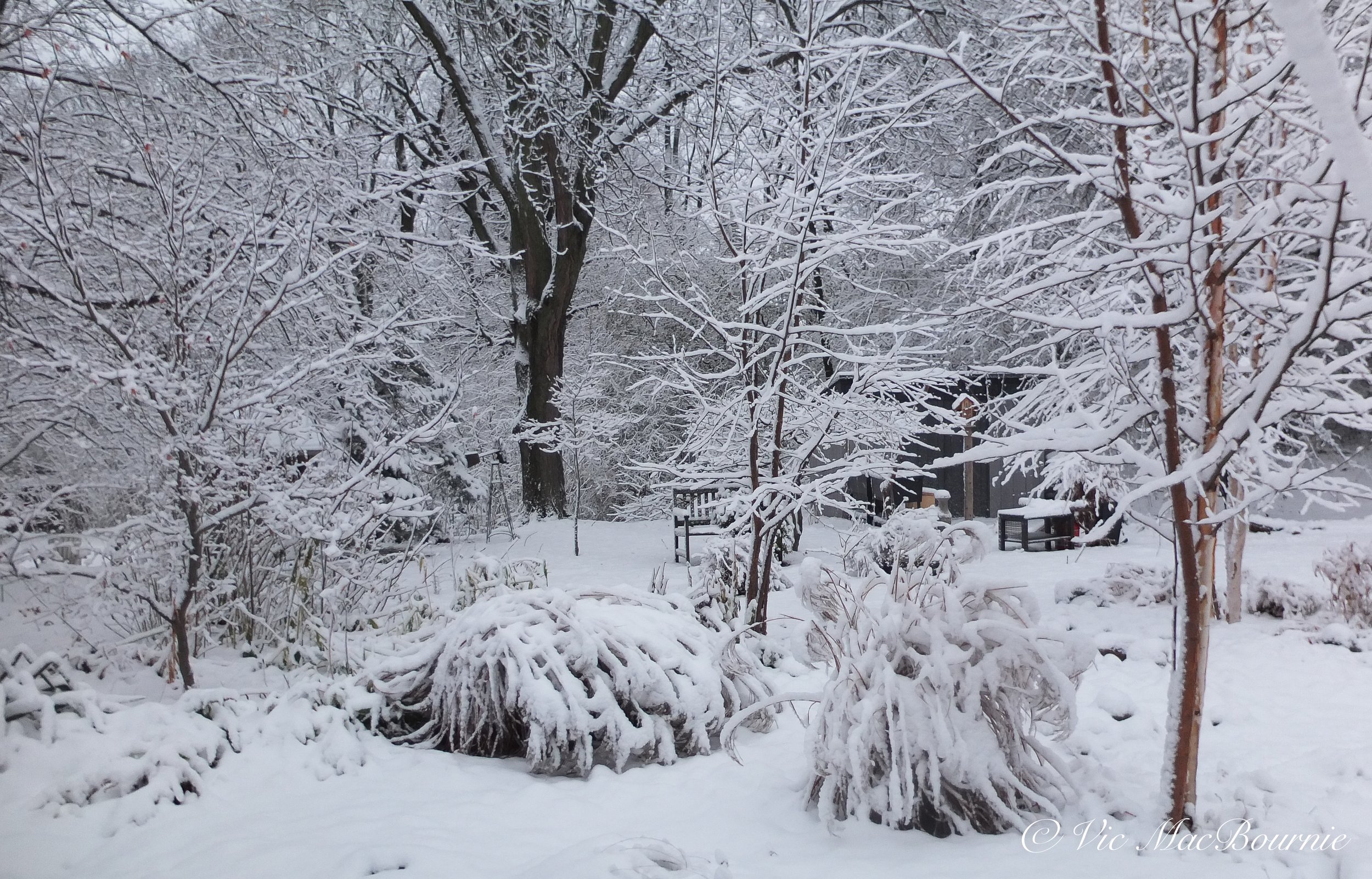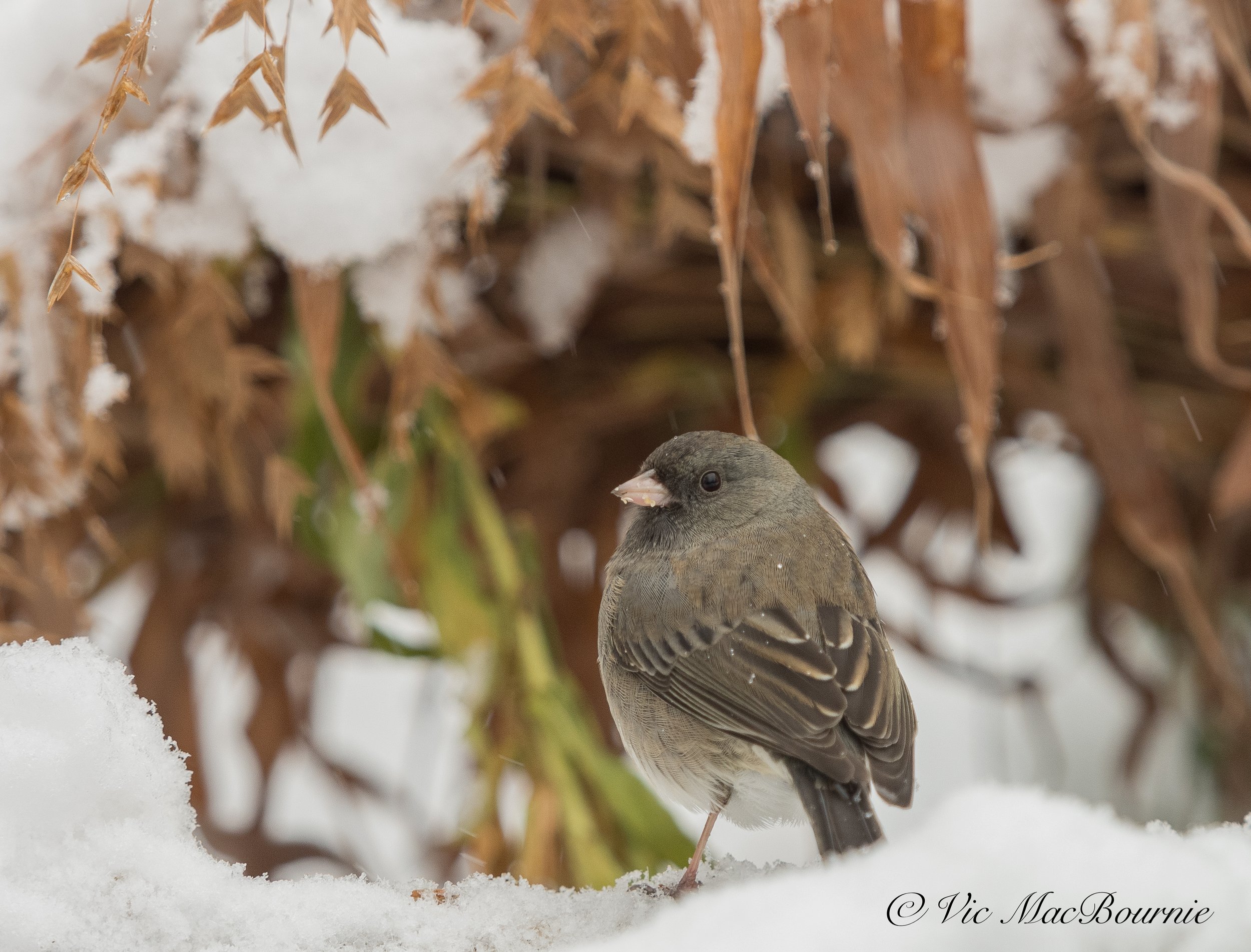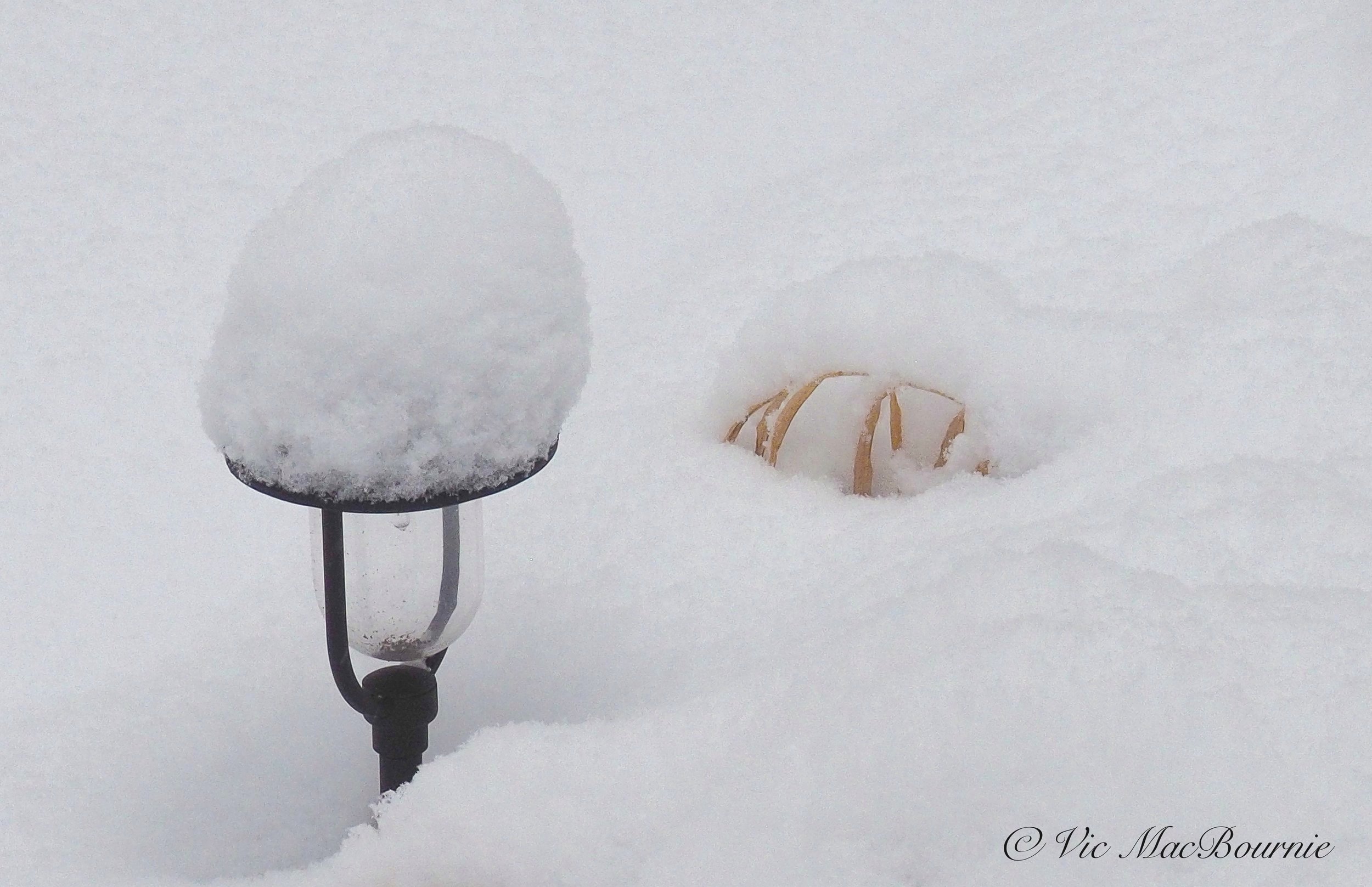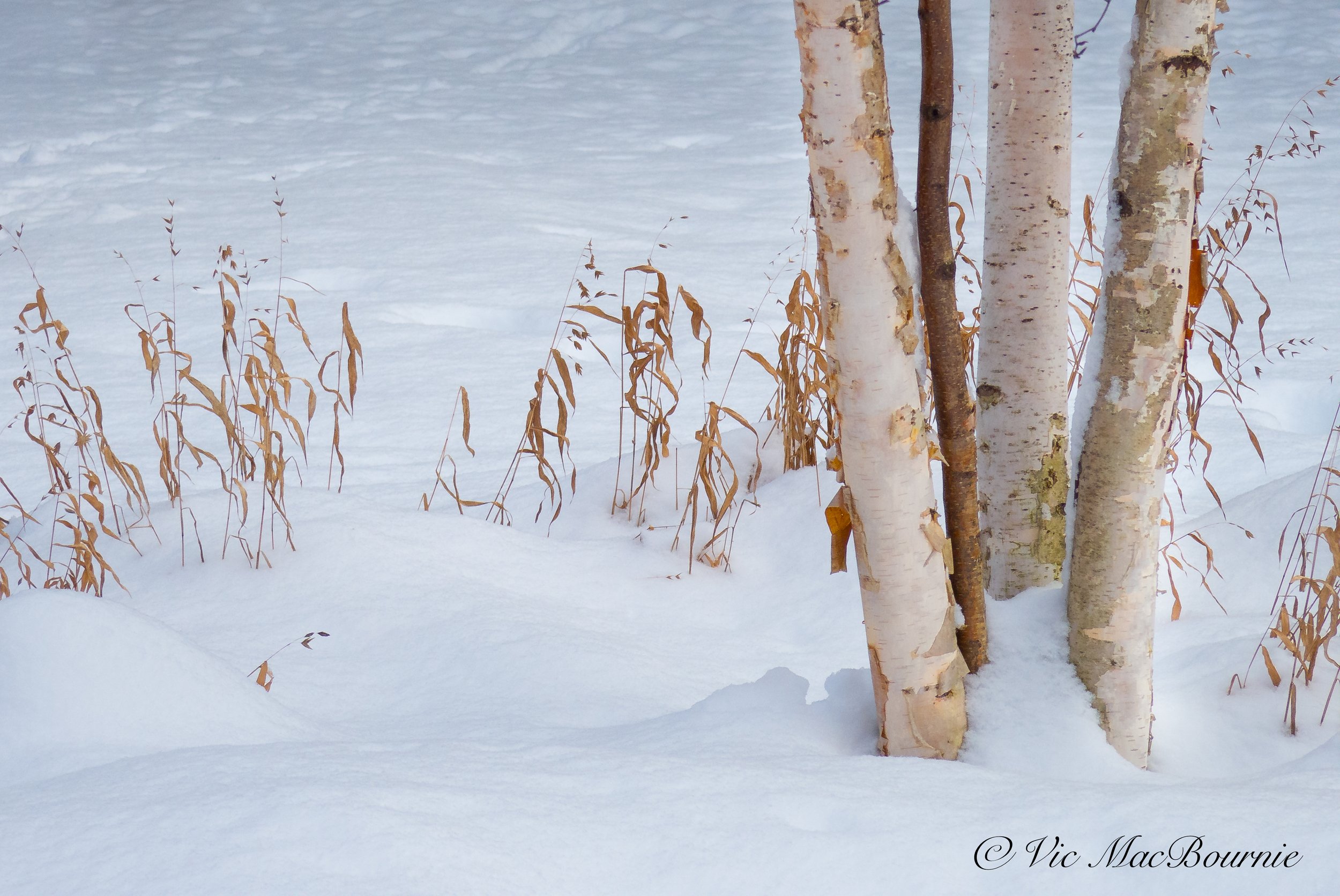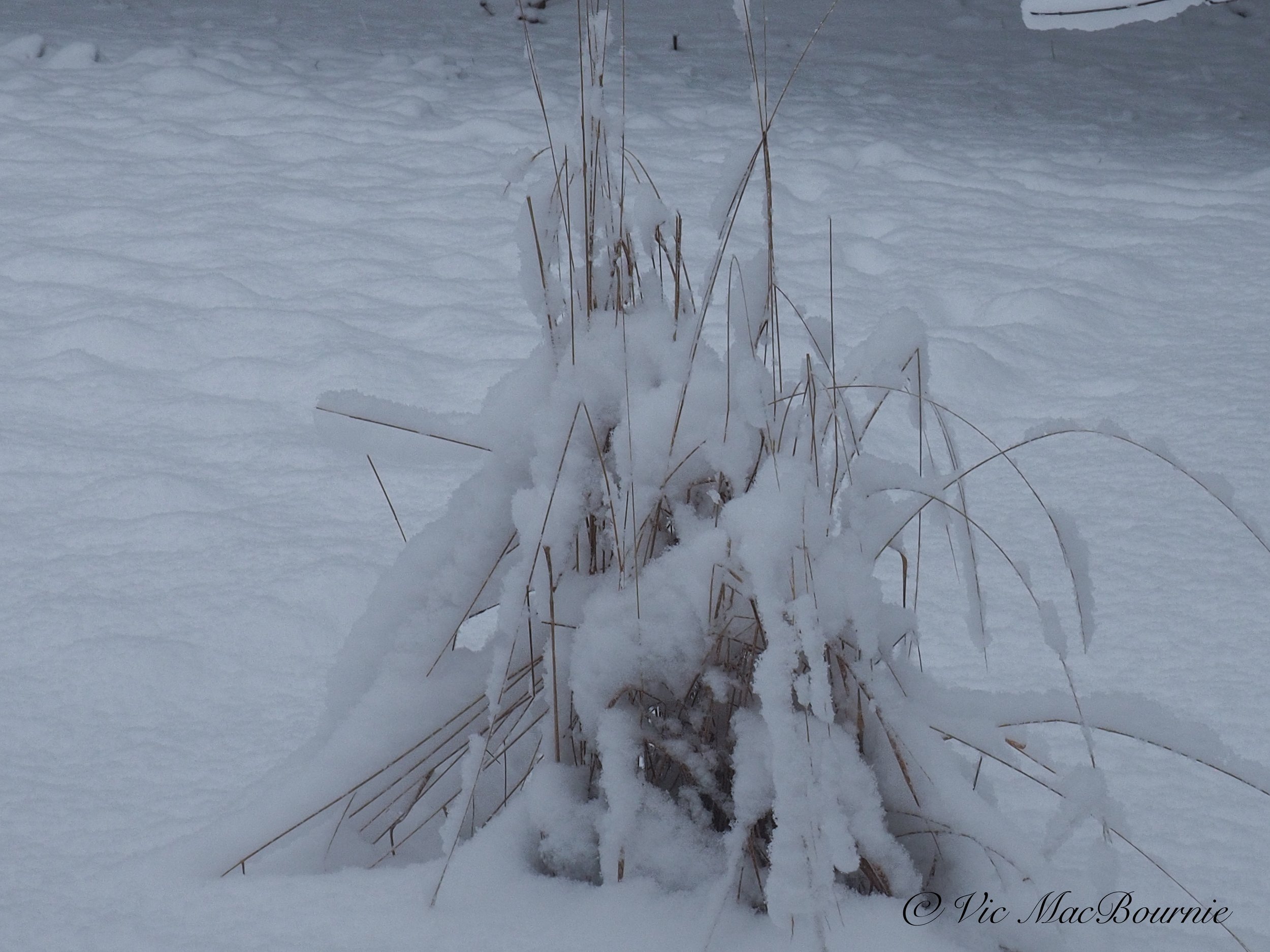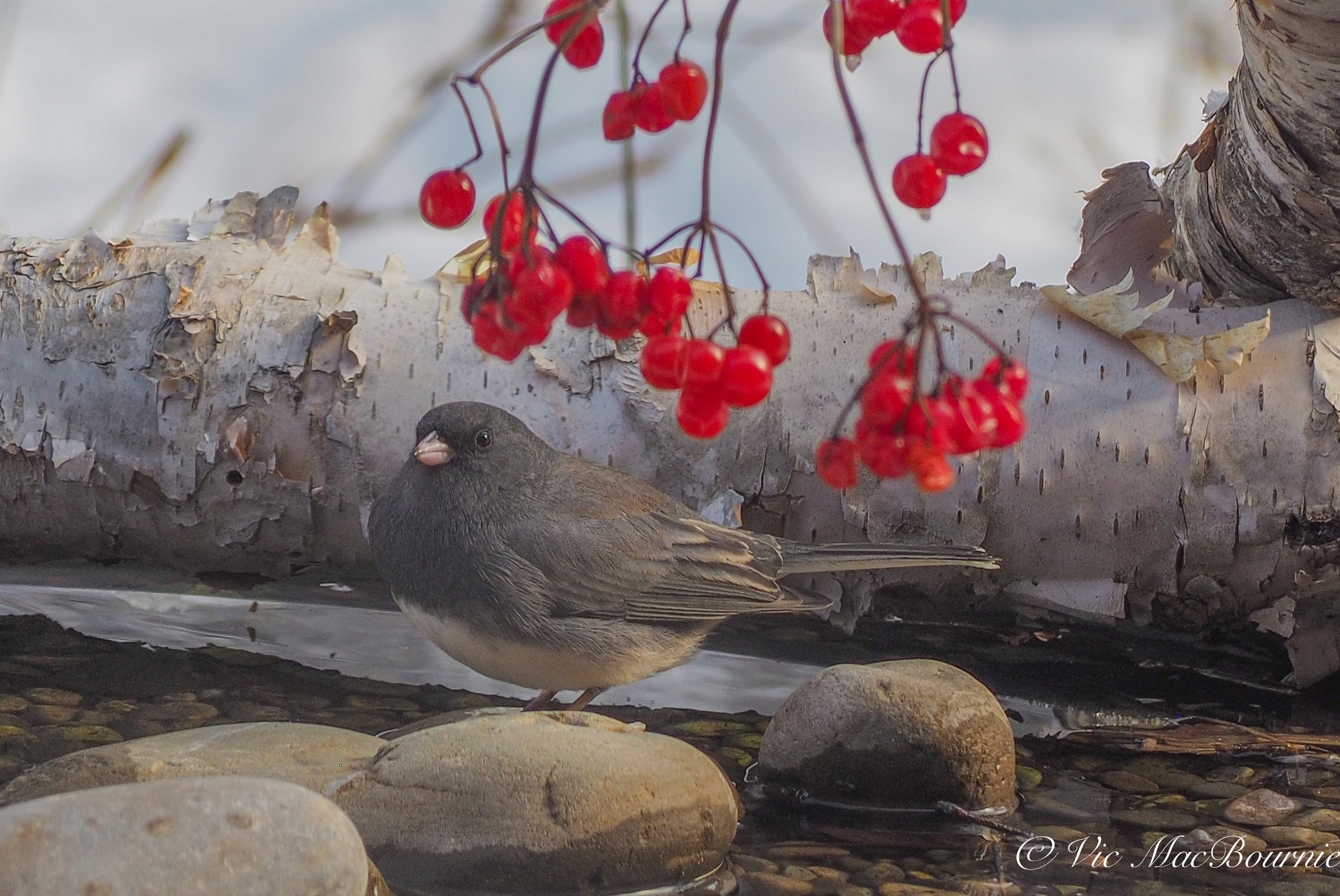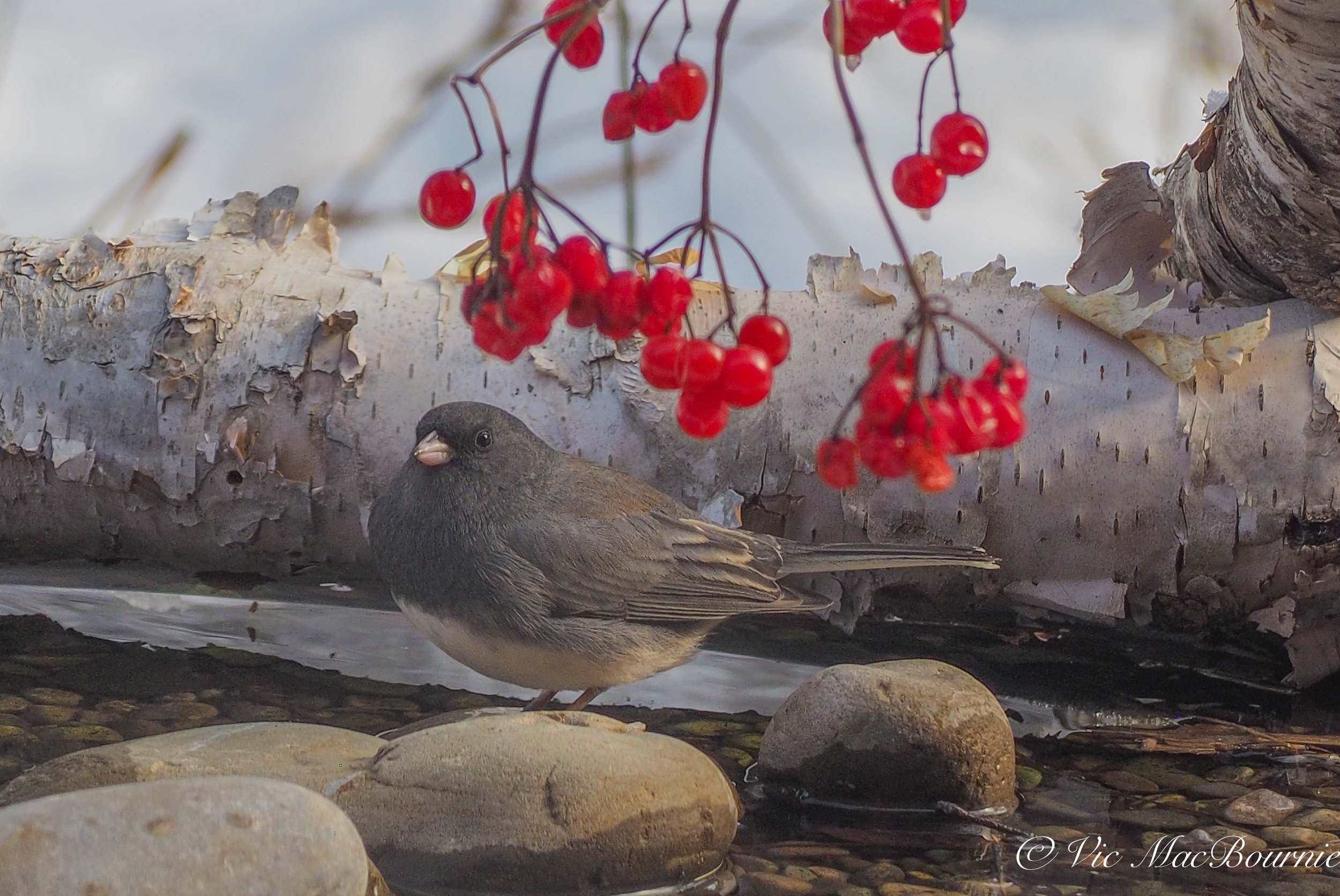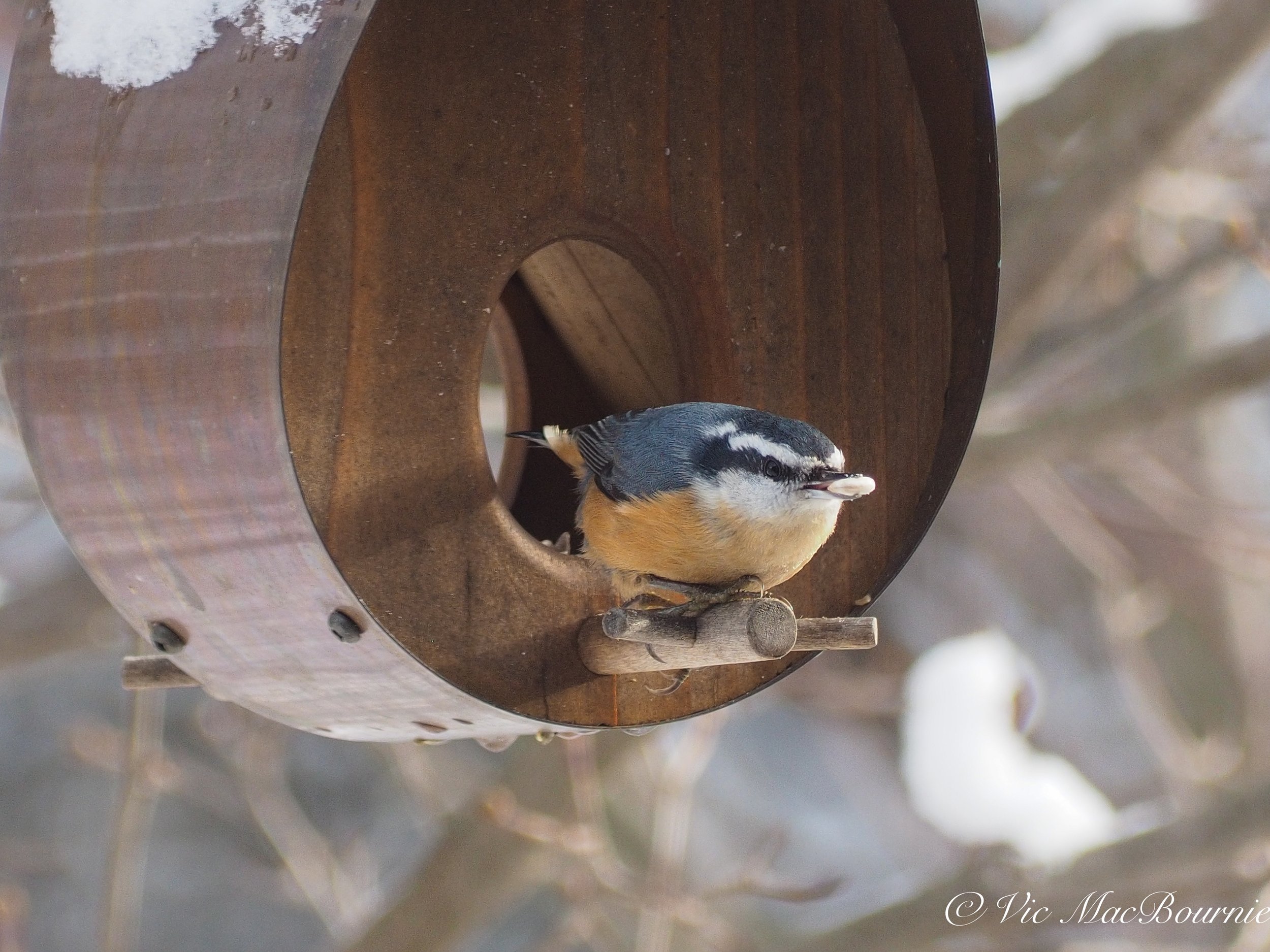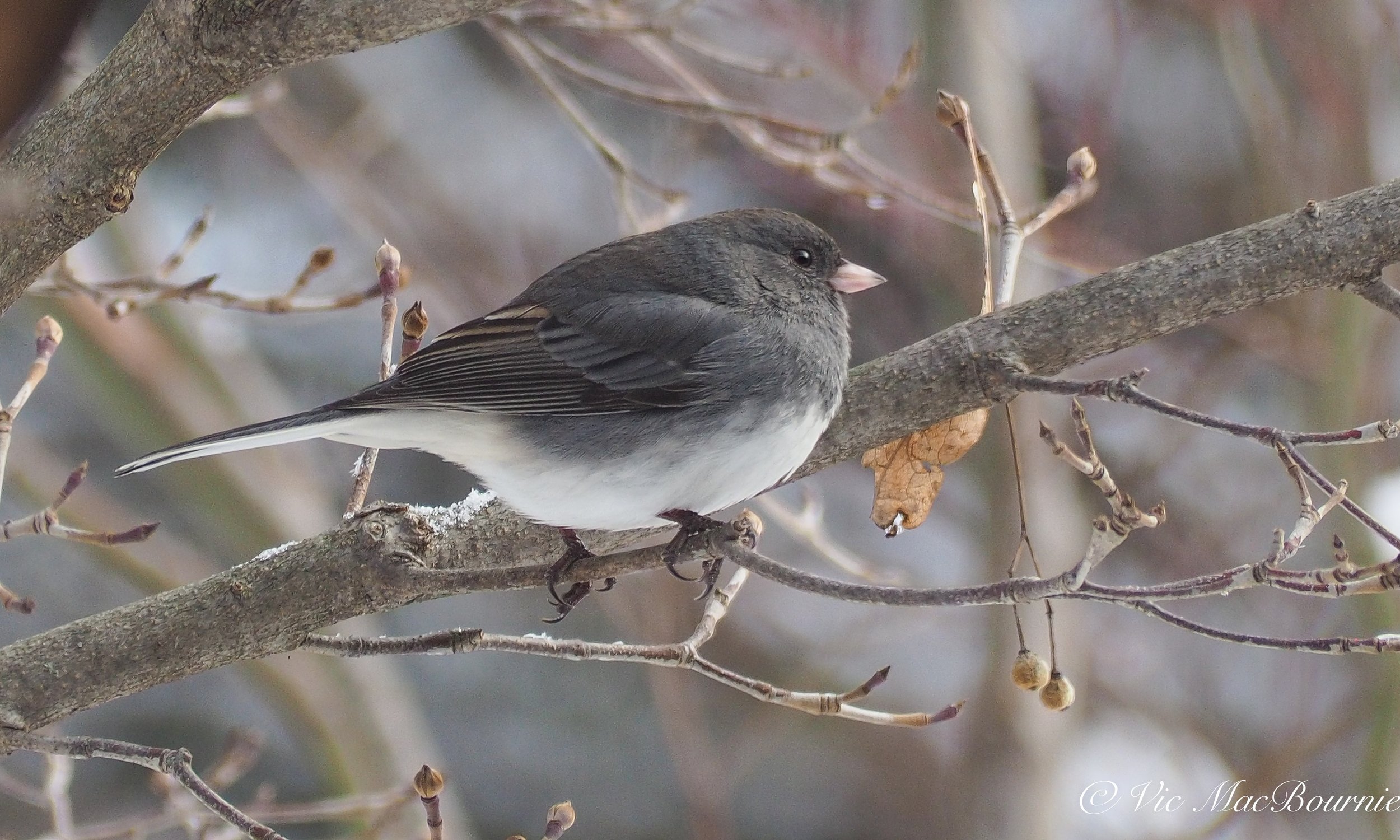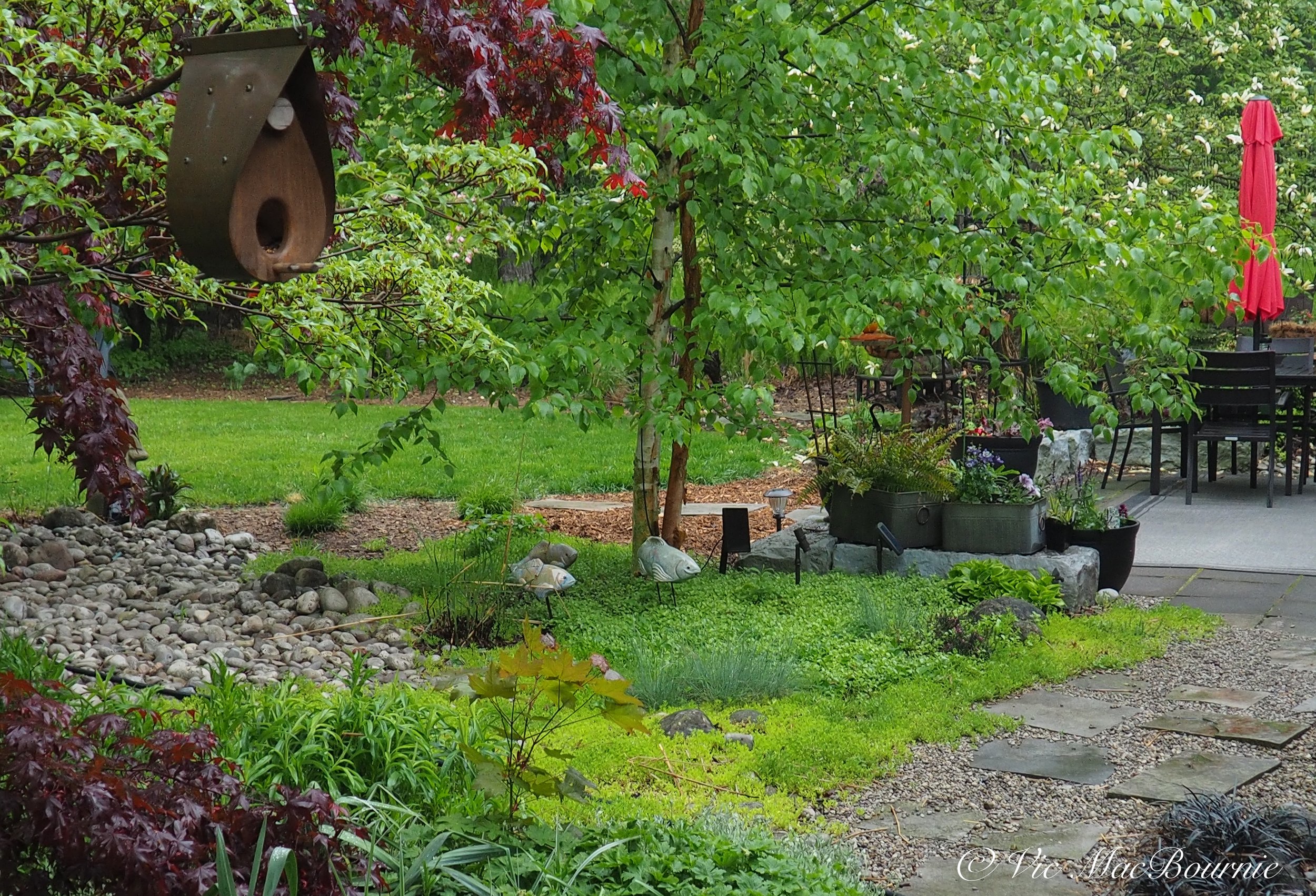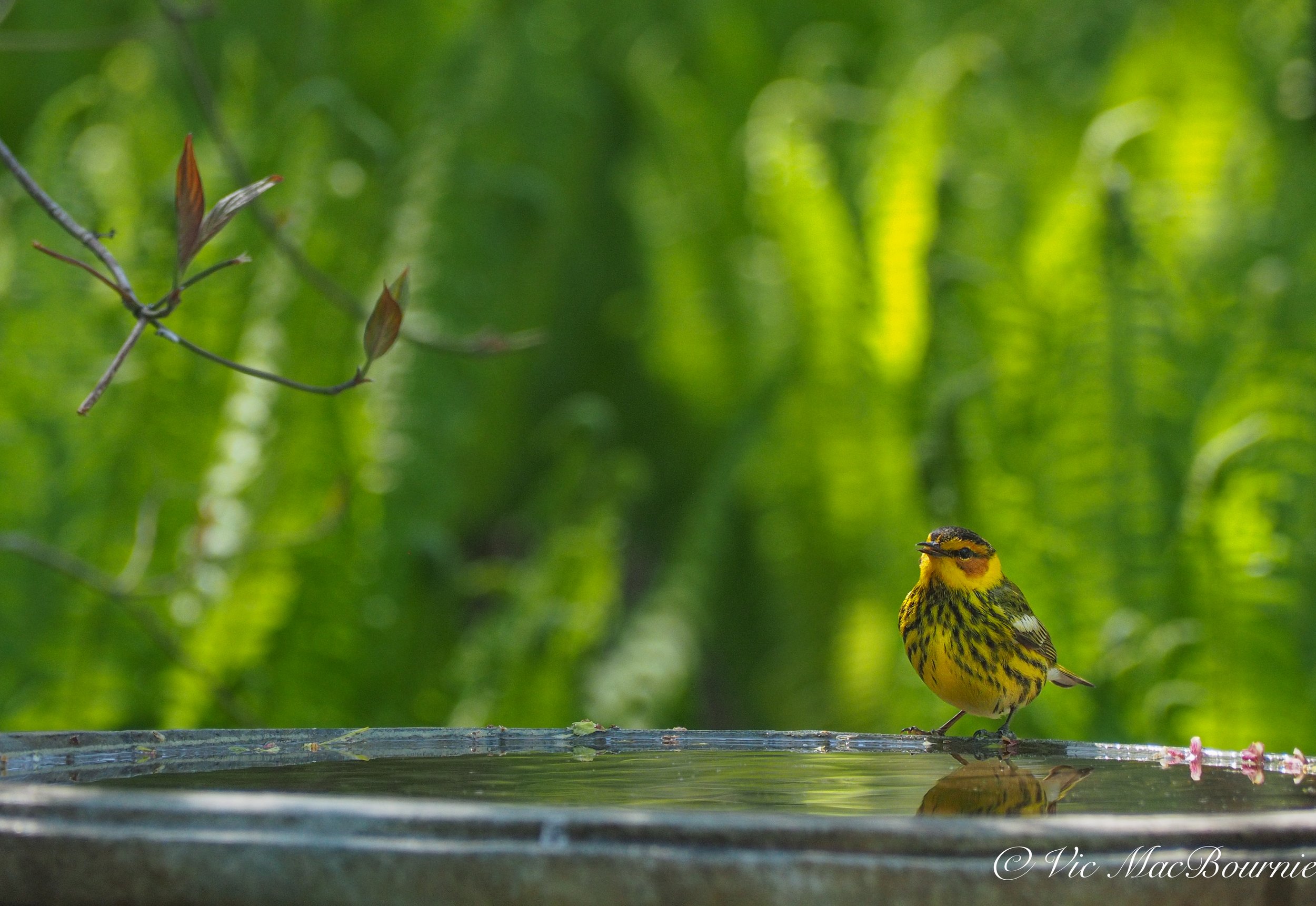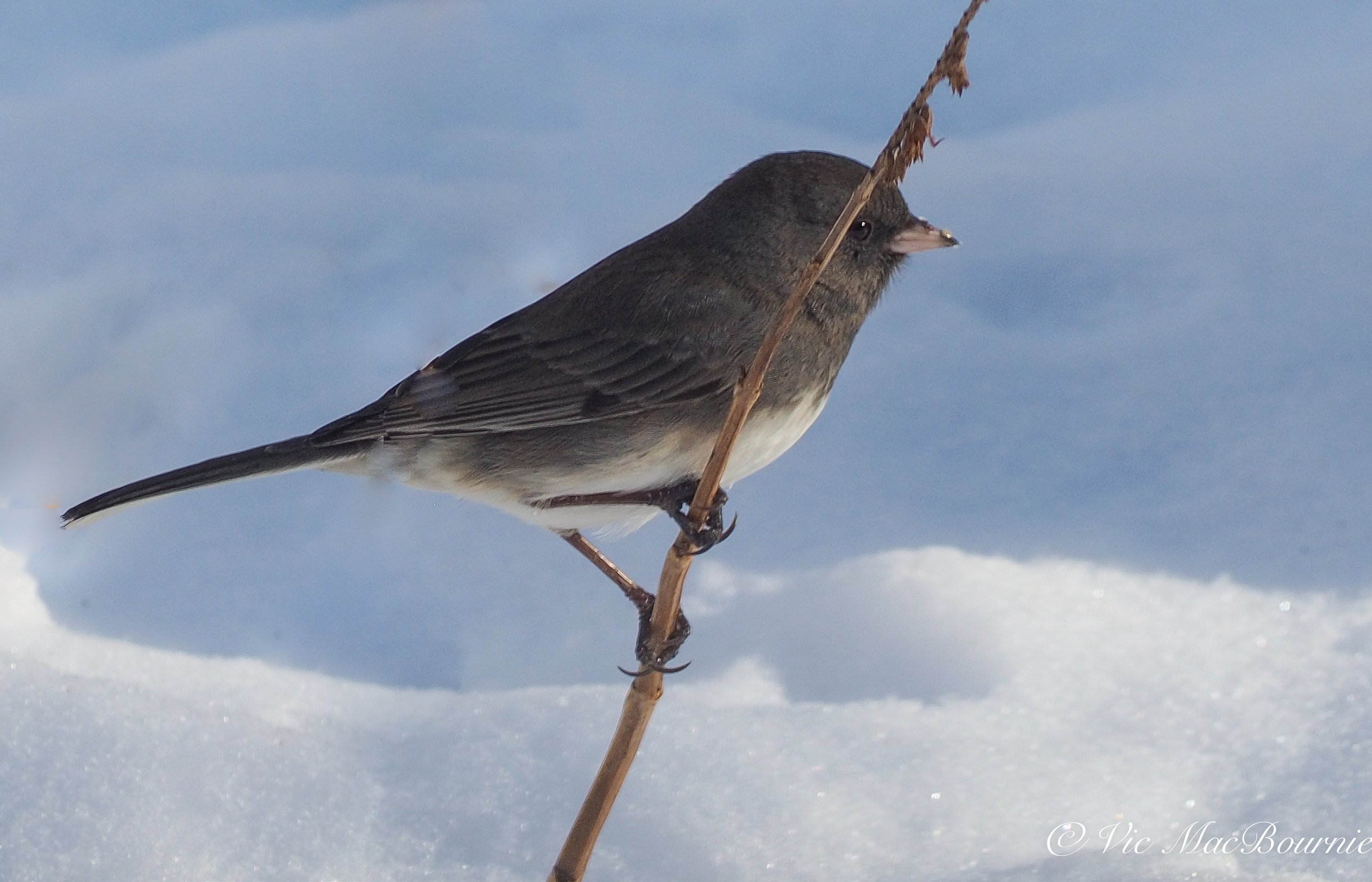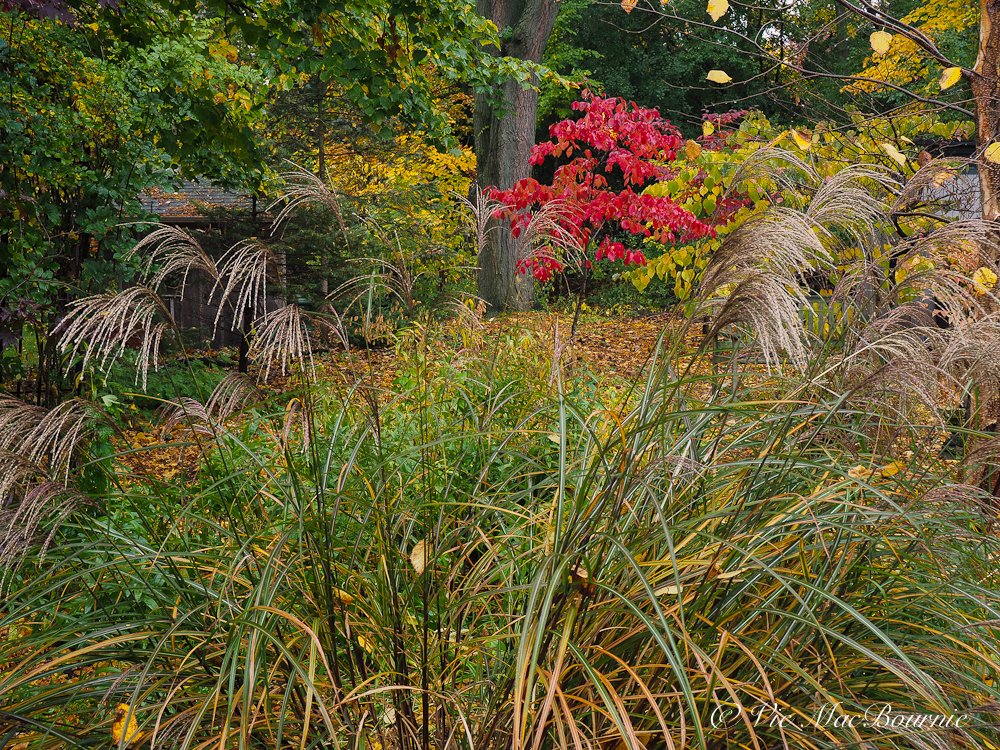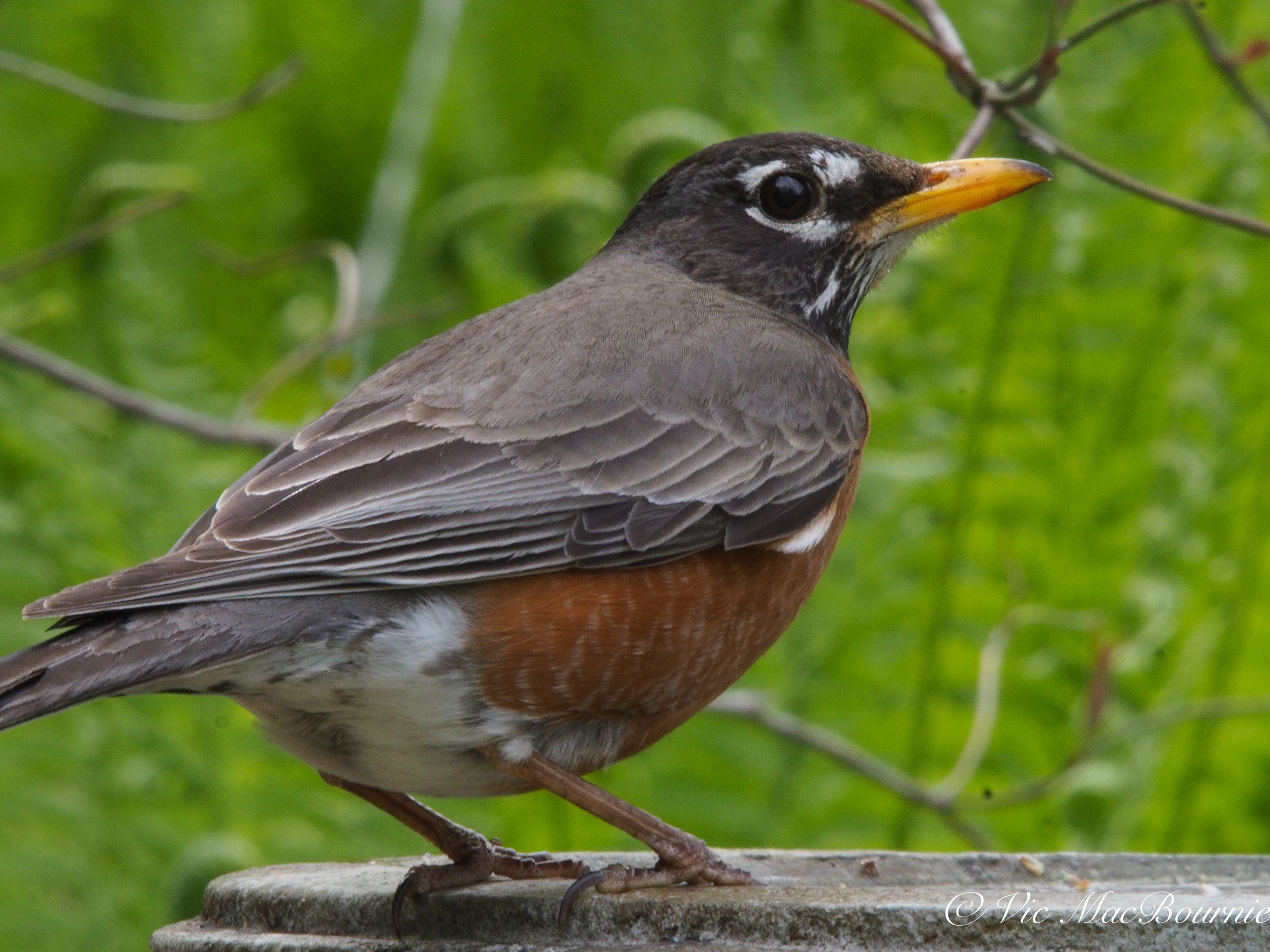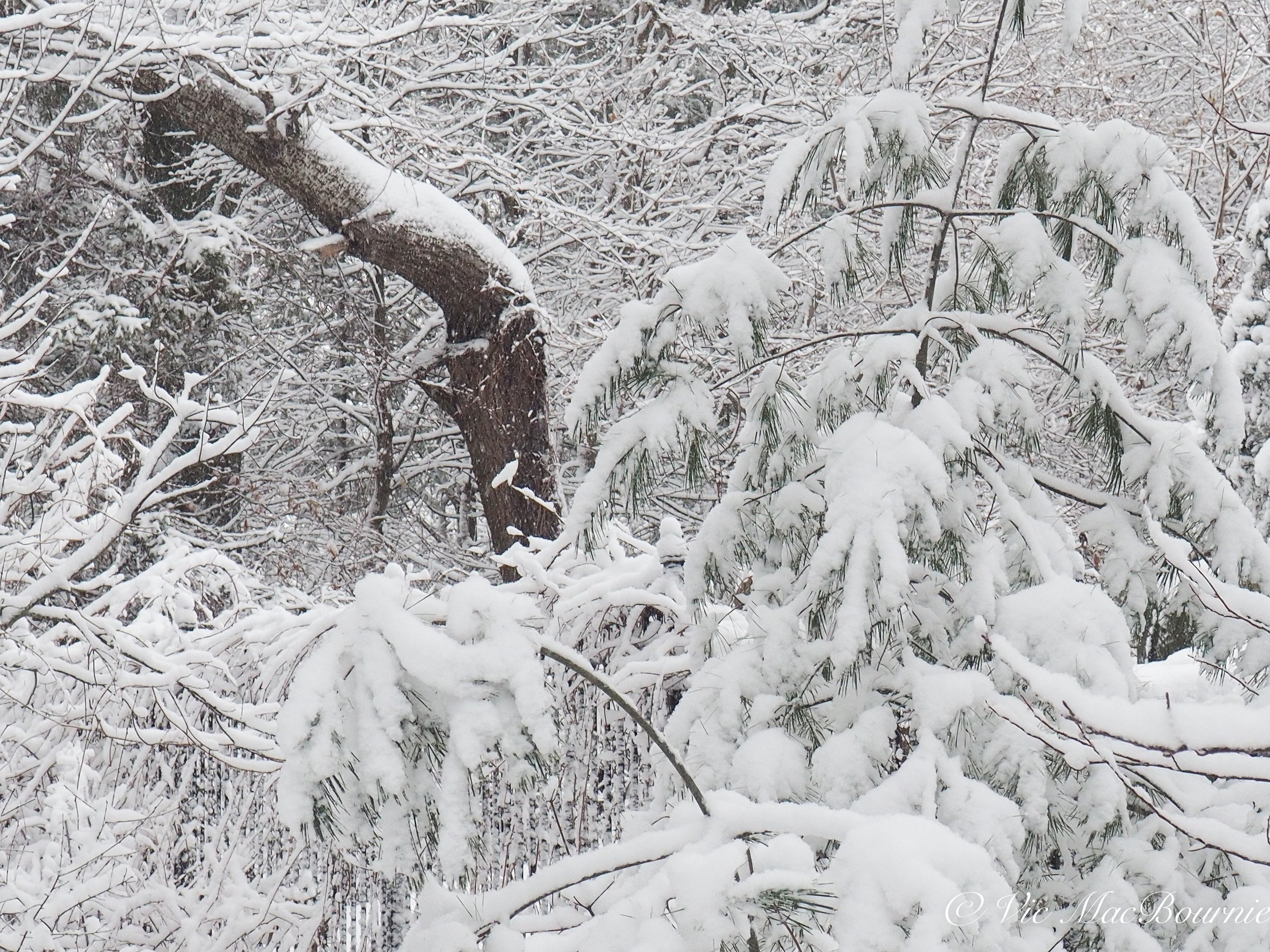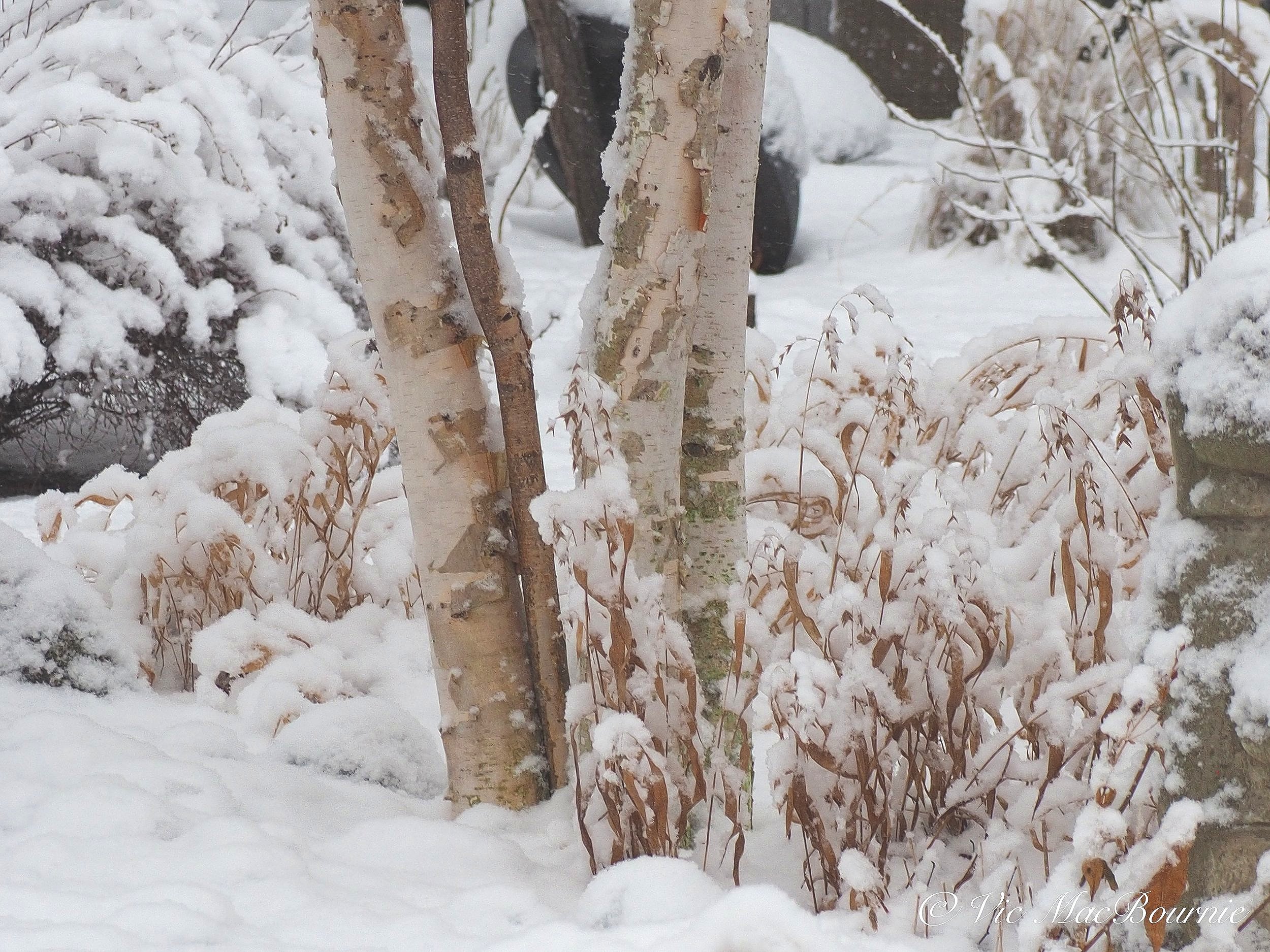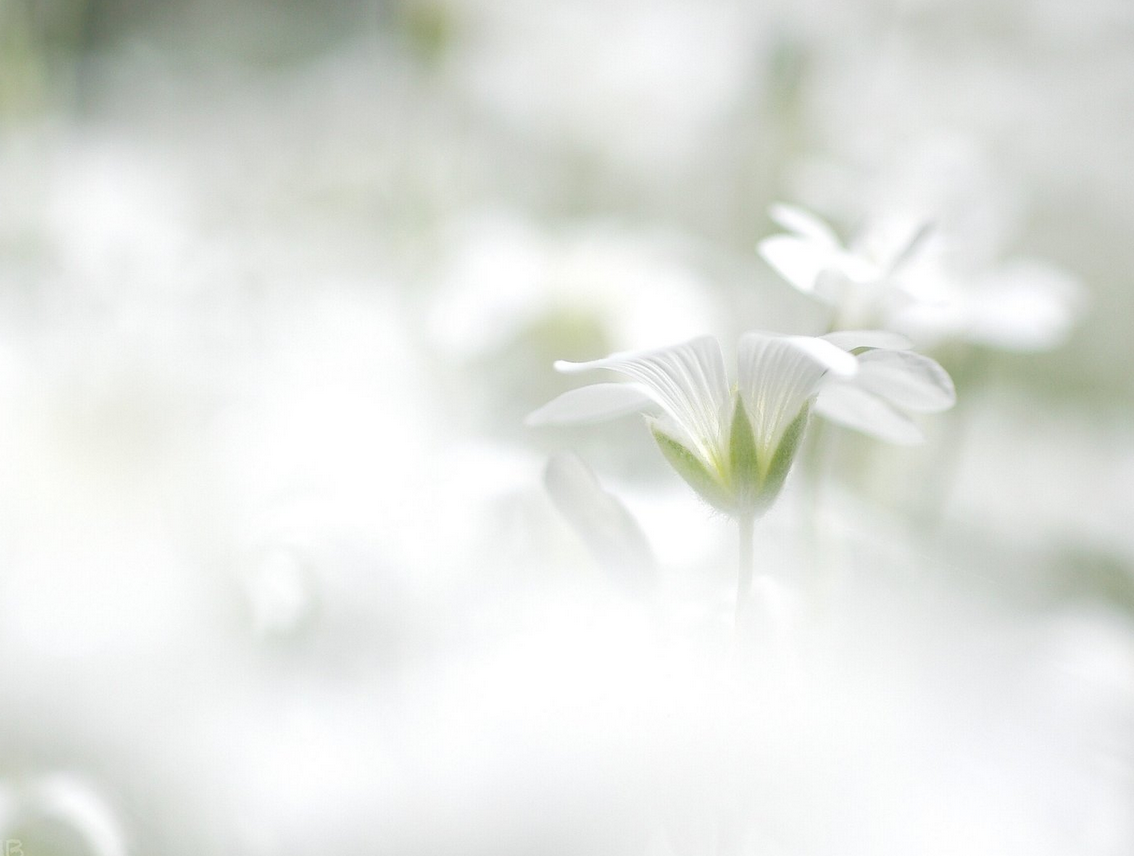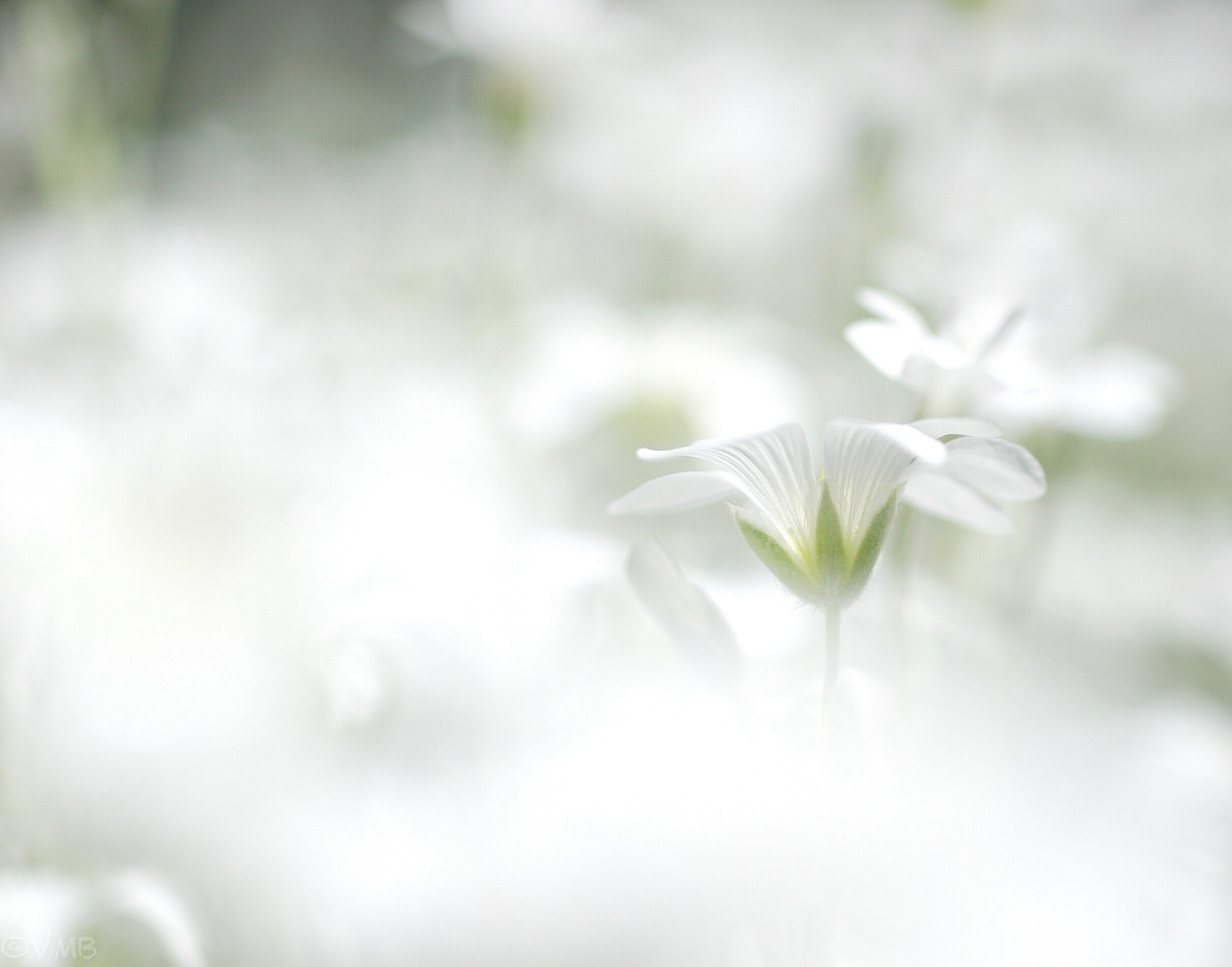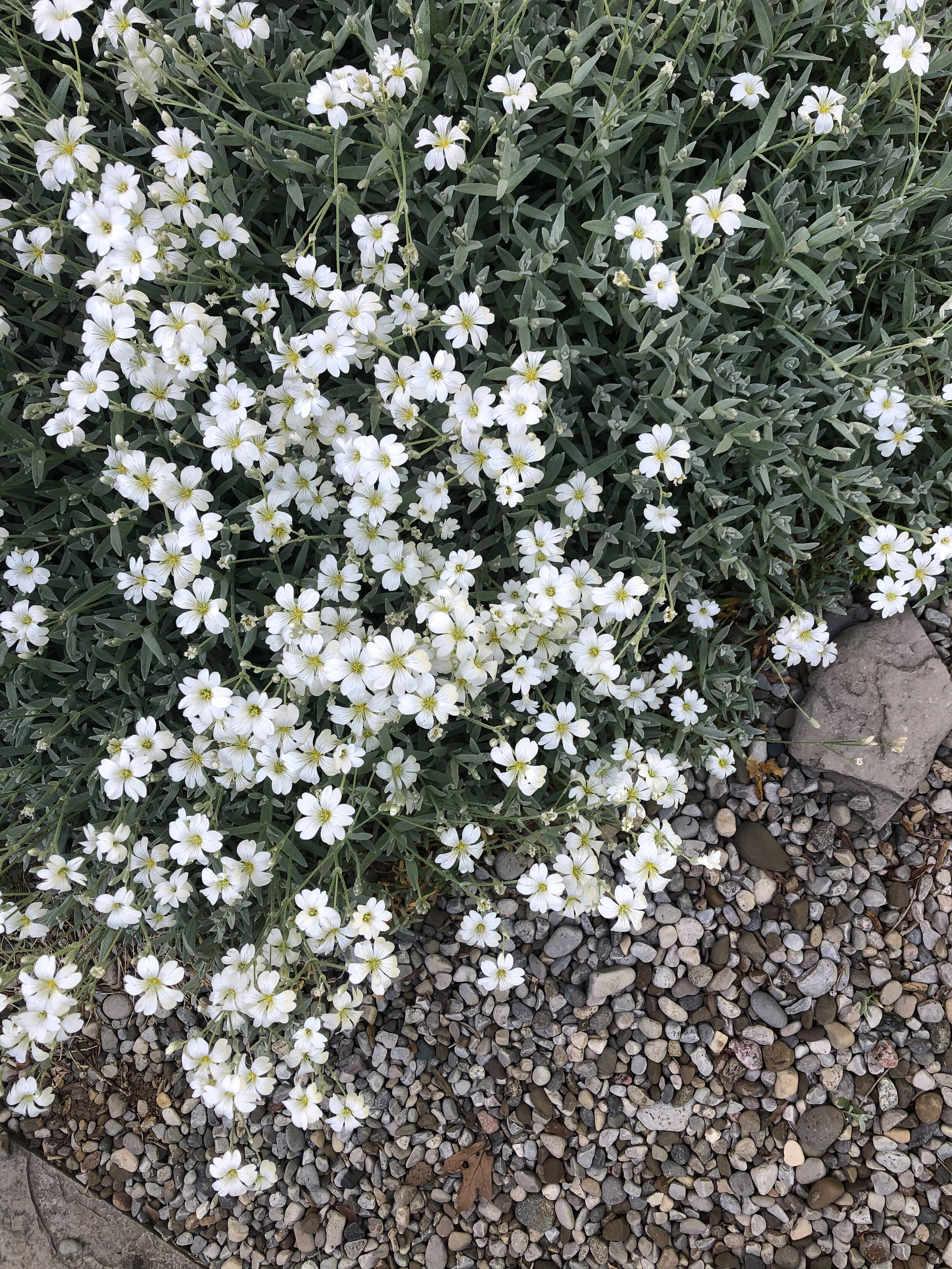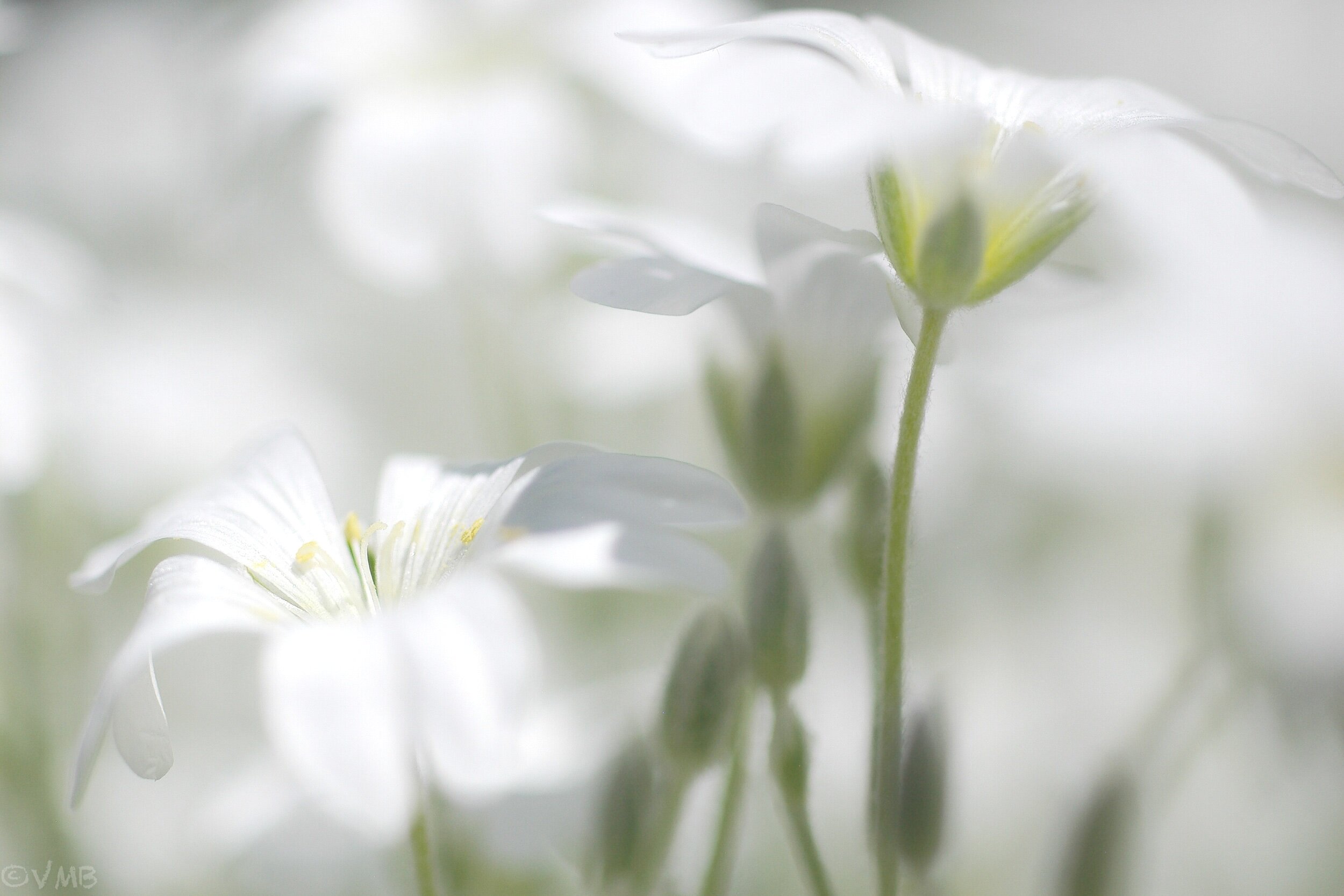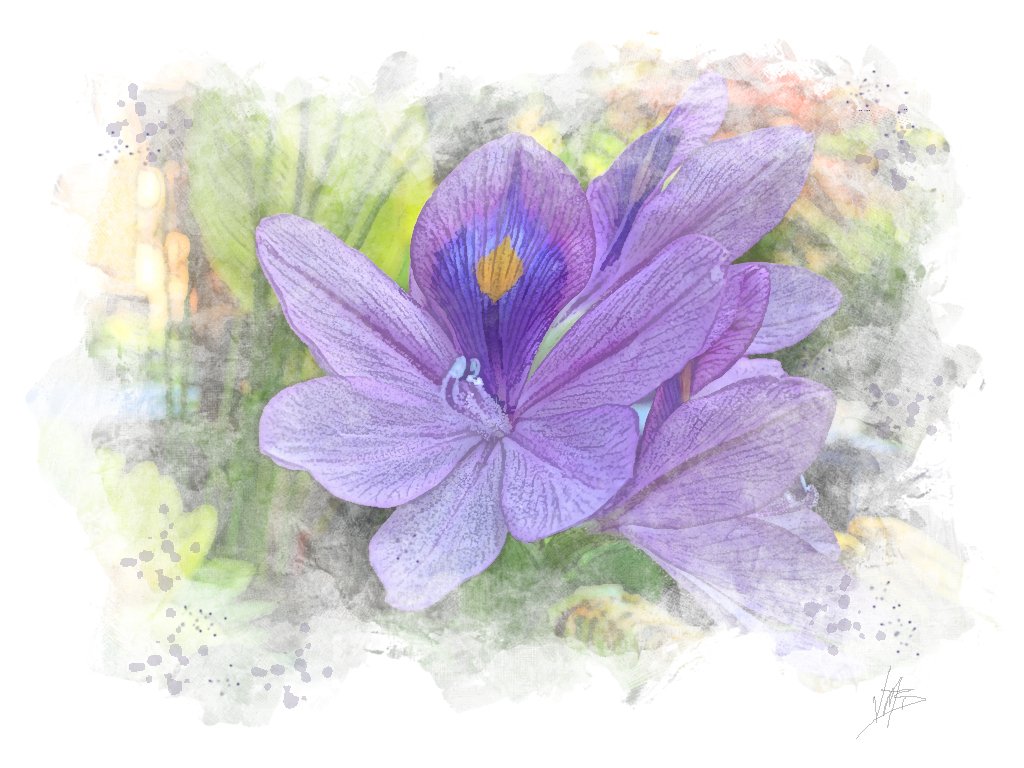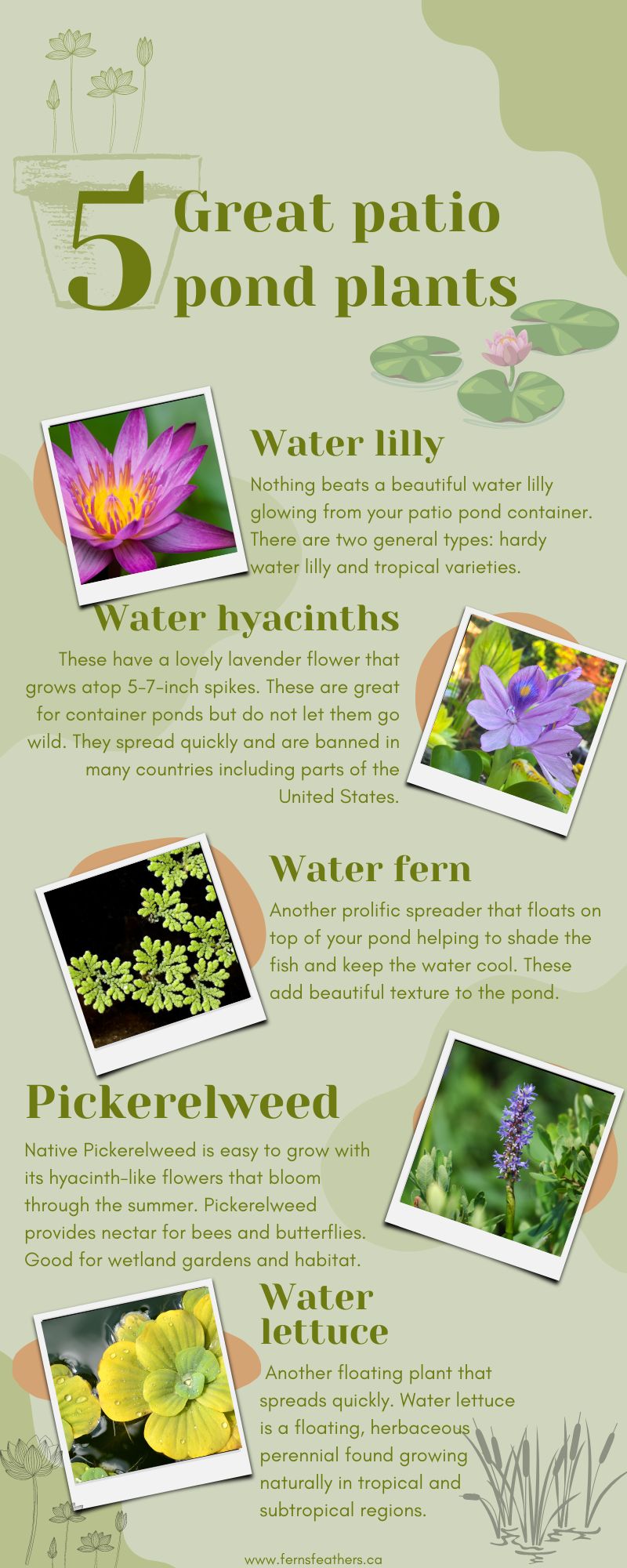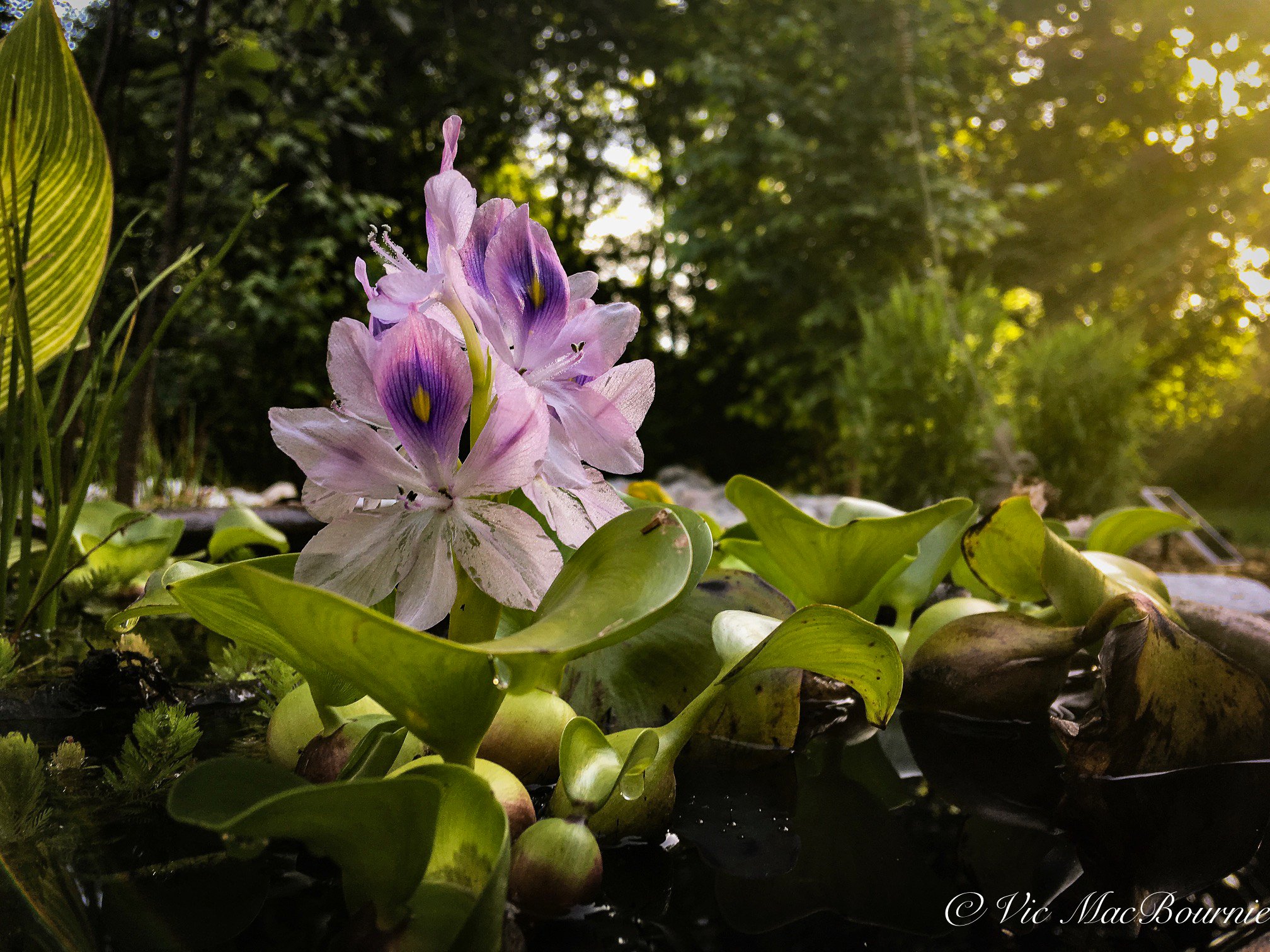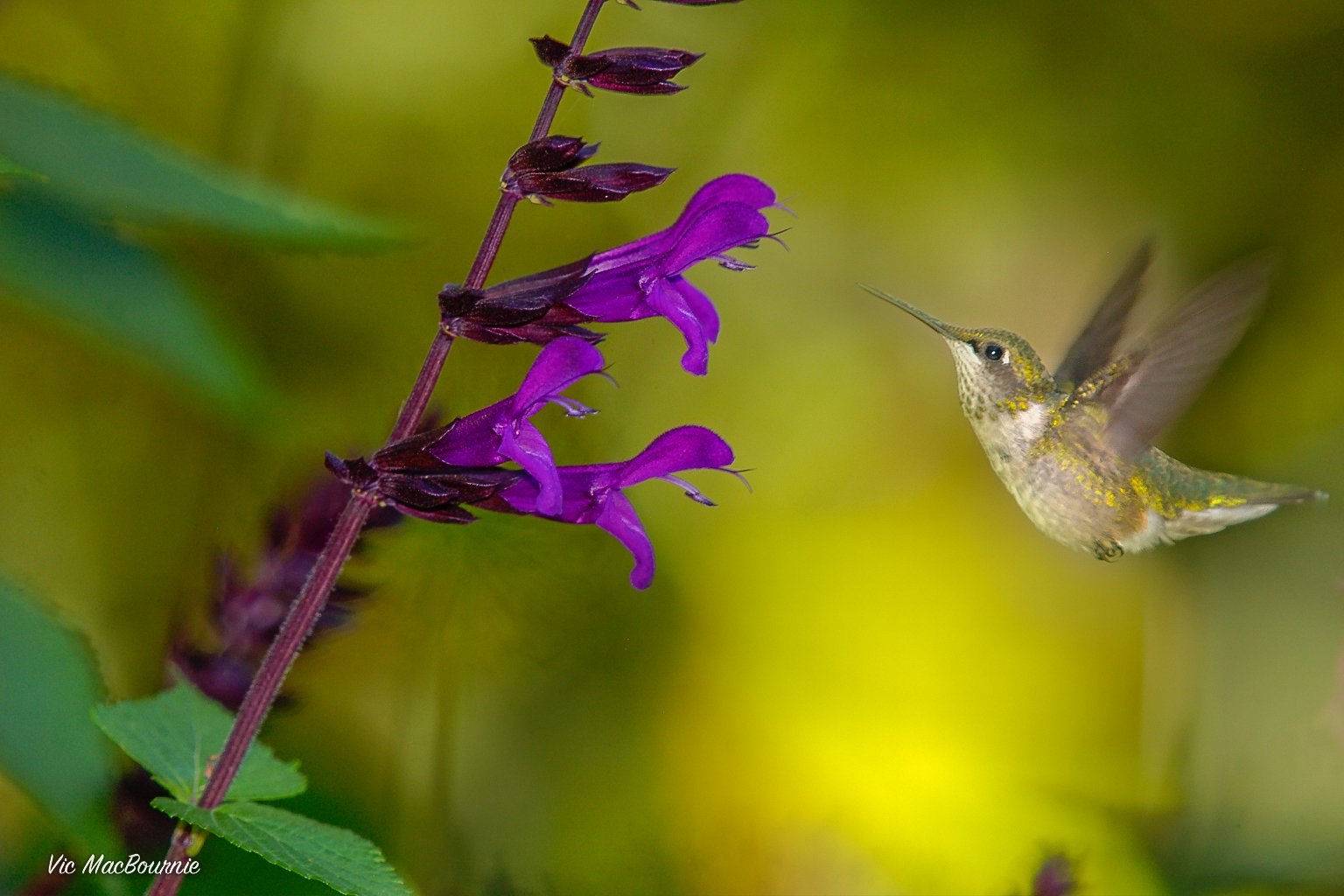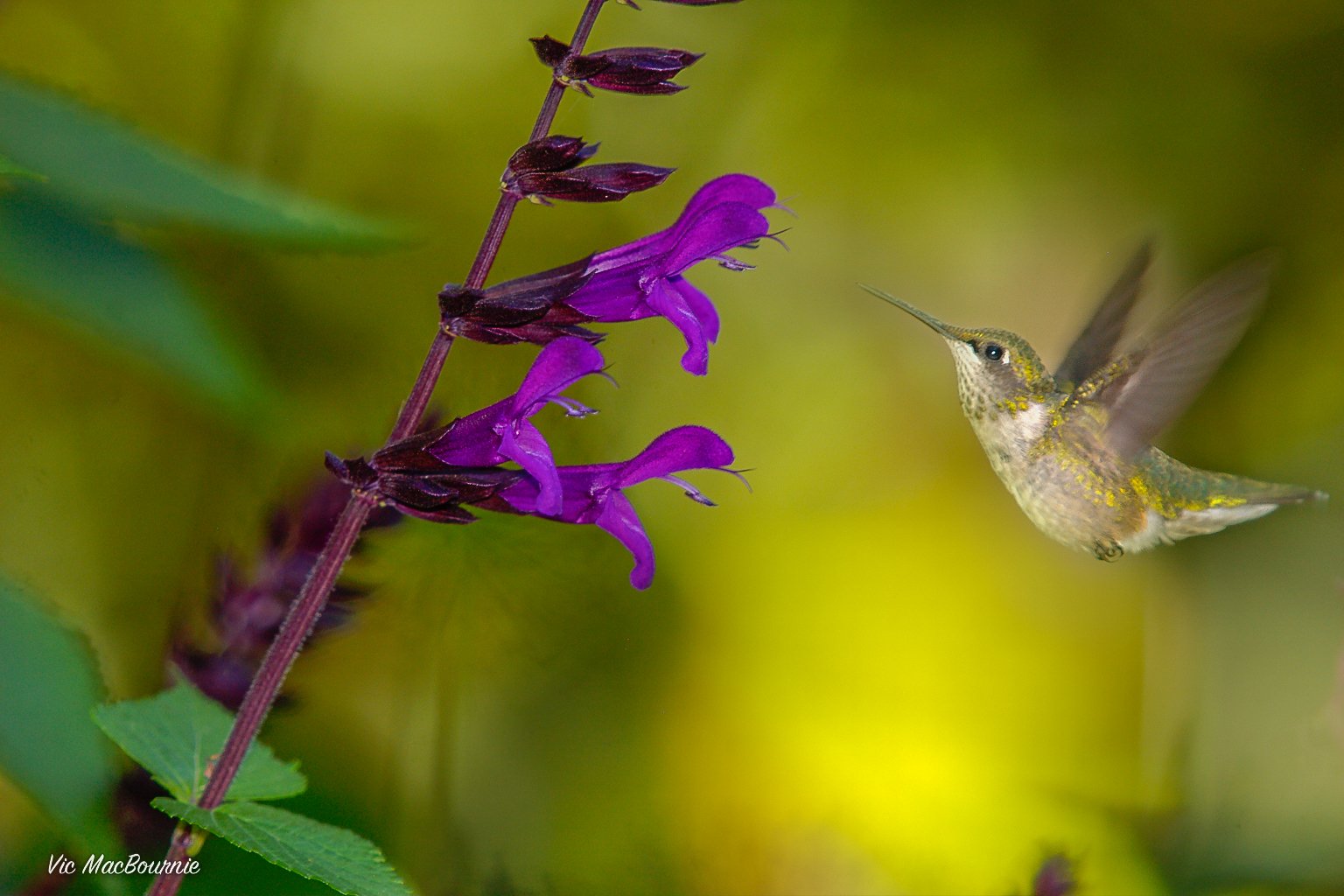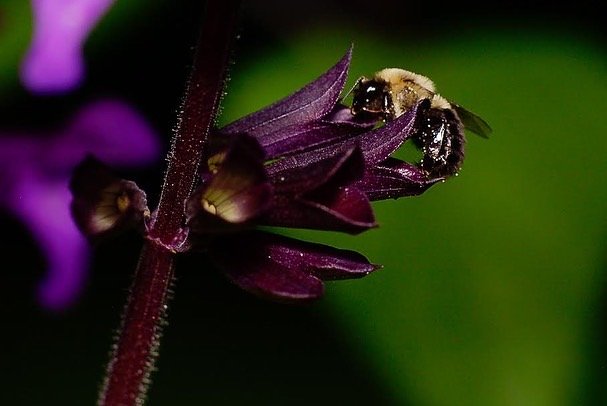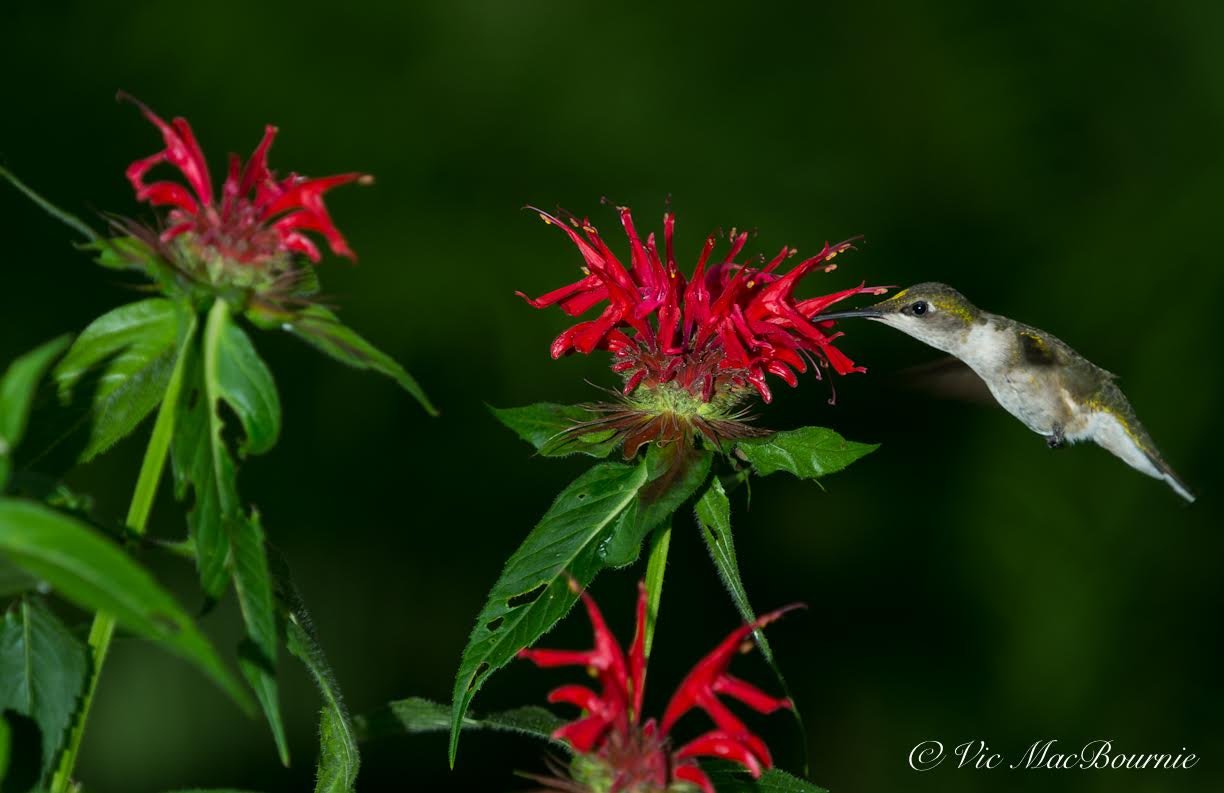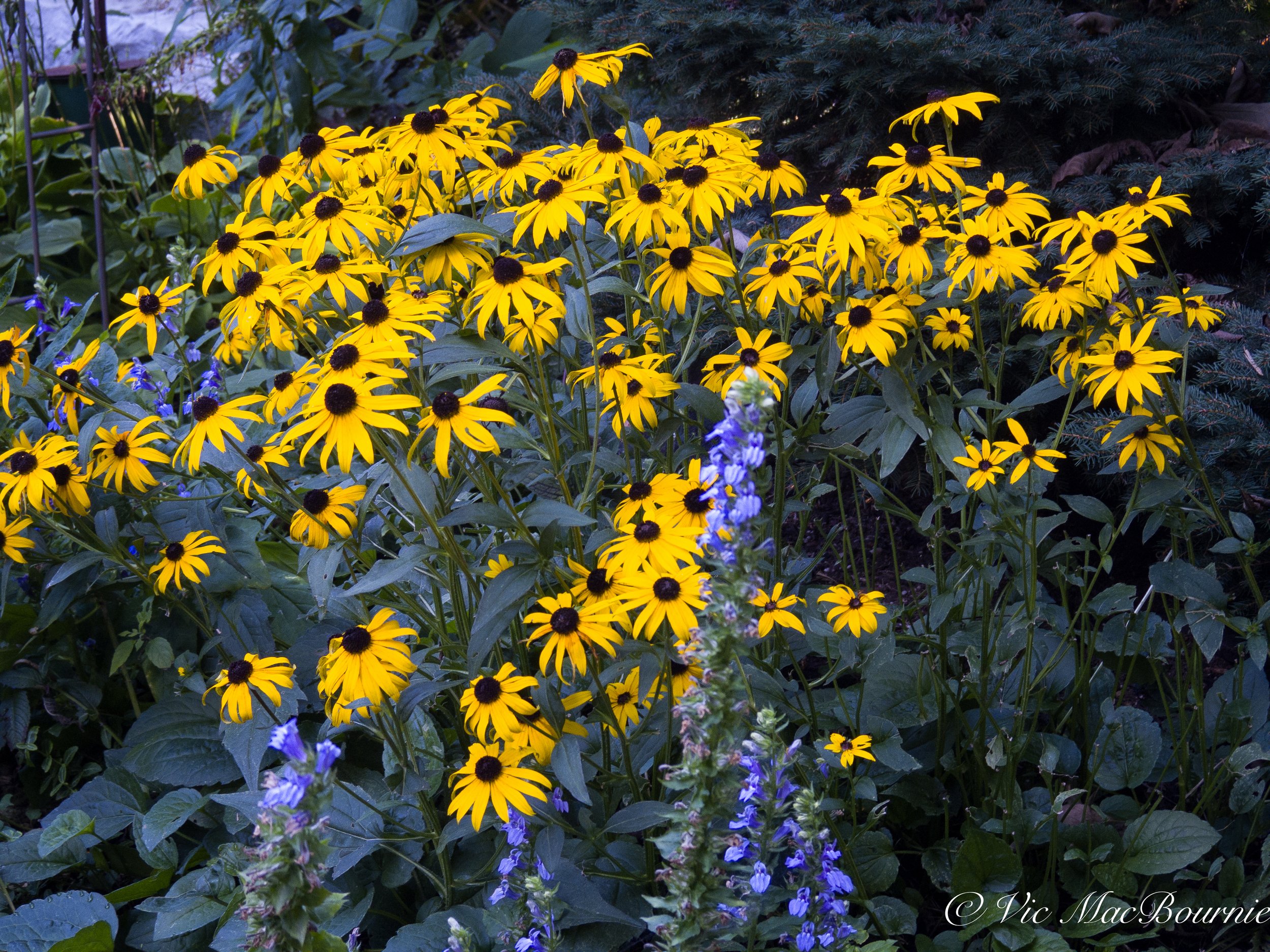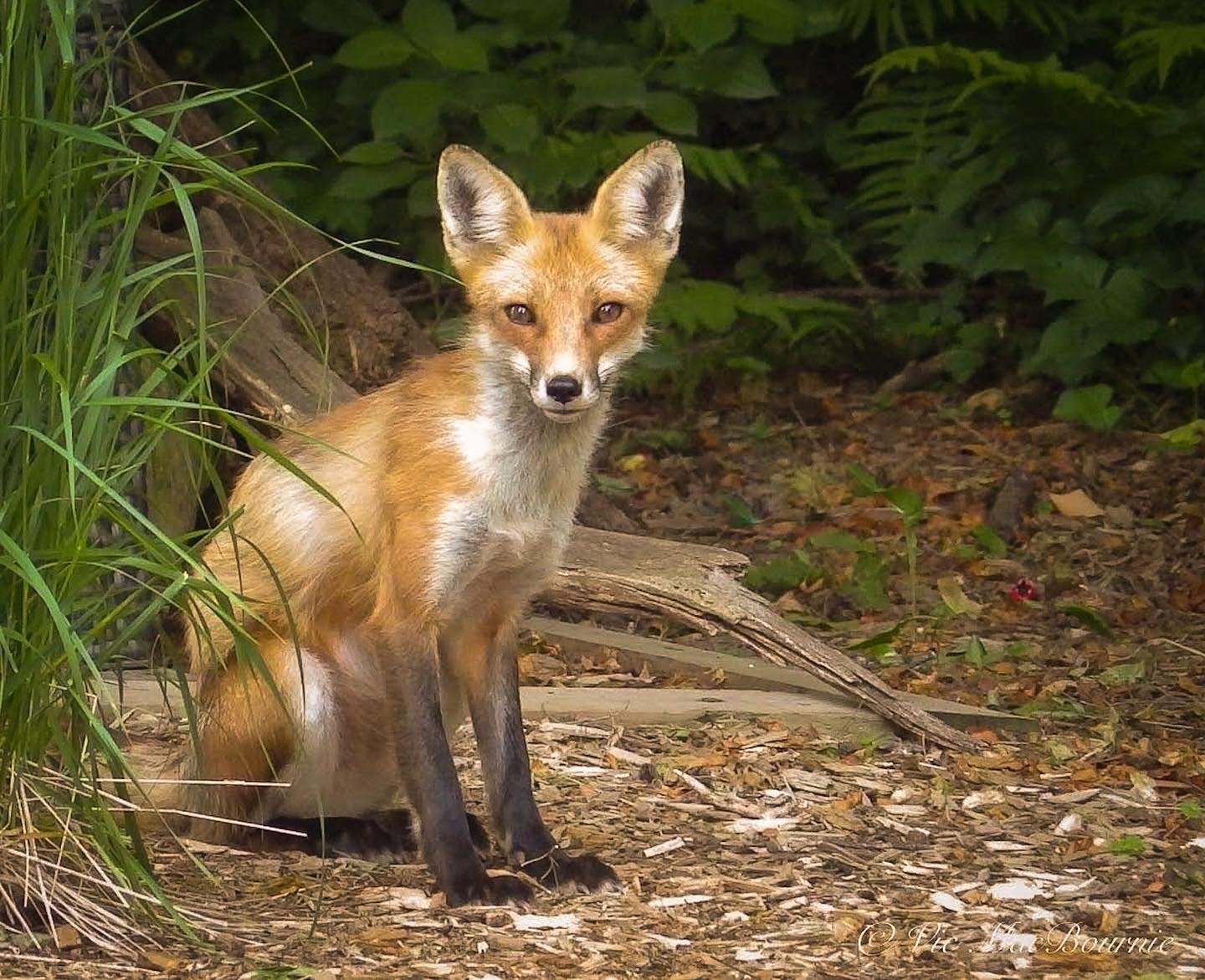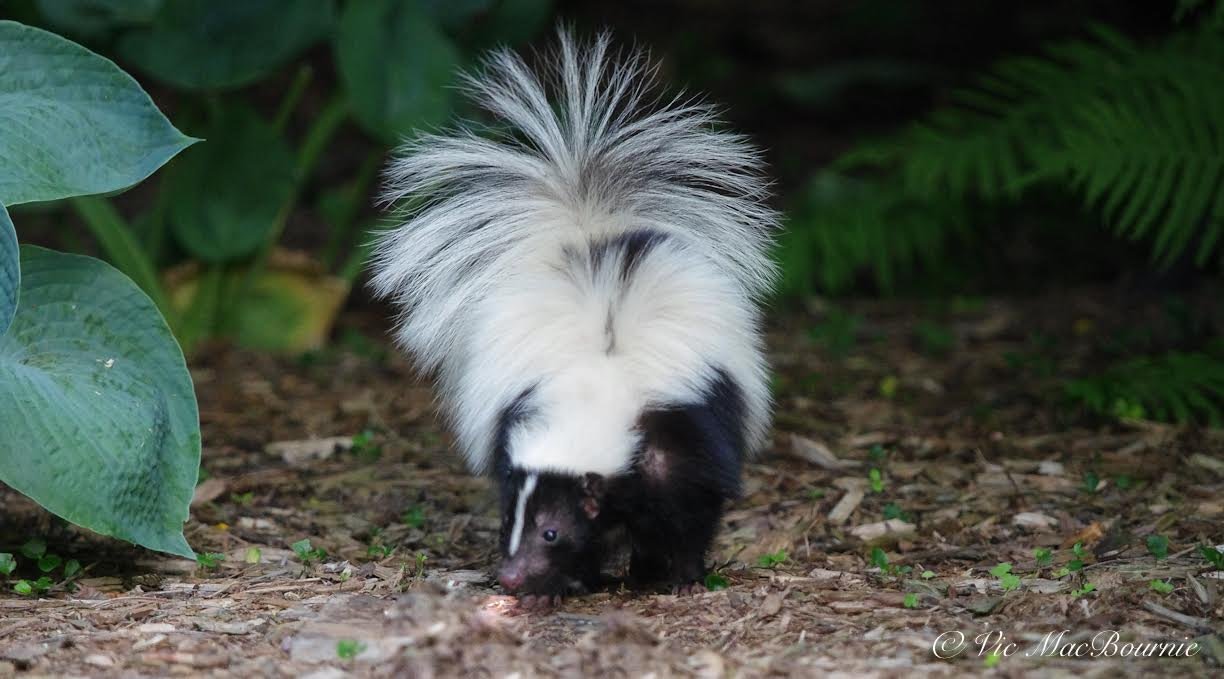How to create a natural log planter
Creating an old log planter does not have to be difficult. The next time you get trees trimmed, consider keeping the larger branches and stumps to either build a wood pile or, even better, a planter.
One of the best additions to a woodland/wildlife garden is a simple rotting log.
Not unlike a forest, where large branches and entire trees are left to slowly decay on the ground, our gardens benefit from the same rotting logs on our forest floors. These logs can quickly become home to any number of small woodland creatures, many of which are often unseen unless we really go looking for them.
If it’s large enough, you should see toads, snakes, even salamanders move in to the log along with a myriad of insects and fungi that all work in unison to break down the wood and add nutrients back to the garden.
The process is slow and might even go more or less unnoticed if it wasn’t for the birds and animals that visit the log looking for a quick meal.
Don’t remove those large branches after tree trimming
One of the best decisions I made several years ago was to tell our local tree service company not to cart off the large branches they took down from our upper canopy trees and, instead, leave them be on the ground.
One area where a lot of branches fell was our massive garden of ferns (link to fern garden post). It was the perfect place to just leave the large branches on the ground to break down naturally.
Our massive ferns grow up through the large branches and hide them throughout the summer months. During the early spring and fall and winter, I get to monitor the slow breakdown of the large branches spread over the ground.
In another area of the garden, I used the large branches that were removed from the tree to create a natural woodpile to provide shelter and habitat for the backyard critters that need places like this to escape predators. I’m sure some of them use it as shelter throughout the winter.
In fall, I throw on a layer or two of fallen leaves to provide even more shelter and create an even better environment for the large branches to break down over time.
Five tips to find deadwood
If you do not have dead trees or stumps on your property to attract wildlife, you can always go out on a scouting trip to find a handsome trunk or large branch to place artistically in your landscape. Here are a few places to look for deadwood to create your planter.
If there is a natural woods nearby; ask permission to collect a few good-size pieces of deadwood. It’s best to collect soon after a storm blows down the branches, before wildlife have a chance to move in.
Call a nearby tree service company. They are usually willing to let you have anything you can haul off, or you may be able to arrange delivery for a small fee.
Check with your local cable, electric or telephone company. Trimming branches and clearing trees are routine maintenance and they are more than likely happy to let you take them.
Your local parks department and the town or city road crew may be able to help as well. They maintain public trees and are often looking to get rid of large branches.
Keep an eye out for possibilities in your neighbourhood. Your neighbours will probably be pleased to let you cart off their branches. Explain to your neighbours why you want them and how you will be using them. It’s a good way to raise awareness about the value of deadwood.
Deadwood does not have to be left on the ground.
In her book, Natural Landscaping, Gardening with Nature to Create a Backyard Paradise, Sally Roth dedicates several pages to the benefits of using deadwood in the woodland garden.
It is almost as useful standing up as it is lying down, she explains. An interesting log or gnarly branch can add a very artistic touch to a shade garden or a final bit of realism to a woodland garden.
If you have a large, long branch that is manageable, consider creating your own “snag” by simply digging a deep hole and planting the deadwood vertically.
I have a 8- to 9-foot branch planted in the back of our yard near my outdoor photo setup that is a regular stop for woodpeckers, nuthatches, red squirrels and chipmunks.
These are particularly prized by woodpeckers, and they make an excellent foundation for a feeding area. I have drilled holes in the branch where I insert bark butter regularly. You can also wire suet to them or hang a feeder. The dead tree is also the perfect landing spot for birds approaching the feeding station. Keep it far enough away that squirrels can’t leap over to the feeders.
Create a simple log planter
Letting nature slowly break down the logs is certainly one way to help wildlife, but using the logs to create a path-side planter is an even better one.
How often have you been out for a walk and saw the local arbourist either cutting down or trimming up a large tree in the neighbourhood. That’s a great opportunity to ask if they would drop off a large branch or two at your home. If you have access to a truck, you could obviously just throw it in the back and take it home on your own.
Once you have it home, you can go to work carving out a portion of the log where you can pack in a rich forest soil loaded with compost, rotting leaves and bits of fungi that will quickly go to work breaking down the wood.
If you are comfortable using a chainsaw, you can create a large hollow in the log in no time. If a chainsaw is not something you want to get involved with, you can create the planter with simple tools like a hammer and chisel.
To speed up the process, consider using a power drill to first create holes in the area you want to hollow out. Once the holes have been drilled 5-6 inches deep, you can begin chiselling out the wood. Depending on the size of the log, you may have to drill and chisel out the wood a few times before you have the look and depth you want.
If it’s possible, use a longer drill bit to create drainage holes through the log. Drainage holes may not be necessary since the idea behind the project is to create a rotting log, and the wood in the log will absorb a lot of the moisture anyway, but drainage holes might be appropriate depending on what you are planning to grow in the fallen-log planter.
I have seen many of these natural planters with colourful bedding plants filling them up. That’s fine if you are looking to pretty up a corner of the yard, but a natural planter looks and feels much more appropriate.
Think wildflowers like hepatica, maidenhair ferns, mushrooms and small succulents. A natural path-side planter where you can control things like soil PH, is the perfect place to grow Bunchberry (cornus canadensis) or other acid loving plants.
In his book, Landscape with Nature, Using Natural Design to Plan Your Garden, Jeff Cox writes that “you can make a totally natural planter by hollowing out the centre 1 foot deep.” He suggests planting the old log planter with ferns, begonias, impatiens, or hens-and-chicks, but I prefer a more natural approach using native wild flowers including trilliums, dog-tooth violets and even wild ginger along with hepatica and spring beauty. It might also be the perfect spot to try some native orchids.
A log planter can also be a great place to grow a small bonsai-like shrub – suggesting the rebirth from a dead tree into new life. Again, try using a native shrub like a serviceberry, or one of the many small-shrubby native dogwoods, and viburnums preferably one with berries.
Commercial alternatives to a natural log planter
If carving up an old wooden log with a chainsaw or painstakingly chiselling one out is too much, there are much simpler ways to achieve the overall look without lifting a finger.
Commercial stumps are available that give you the look of an old, hollowed out tree stump without the work and the eventual complete break-down. High quality concrete planters can look remarkably real.
This example of an old wooden log planter from Wayfair.com is a good indication of what is available.
The concrete containers that are made to look like a real tree trunk are perfect for the woodland garden. You can purchase ones that stand up more or less vertically to give height, or planters that are more like fallen logs that lie on the ground horizontally.
These have the added benefit of being able to be easily moved around the garden.
Although not made to look like a fallen log, this exquisite planter from Vivaterra is a pefect vessel to show off your mosses, ferns or even a small native bonsai.
Of course, you will lose out on many of the insects and small animals that would readily move into the more natural pathside planter, but you will be gaining a woodland aesthetic that will surely bring a smile every time you pass it by.
DIY: Turn a birdbath into a succulent planter dish (step by step guide)
This DIY succulent hummingbird feeder is a fun gardening idea that is easy to build and beautiful to look at.
How to make a succulent dish garden (with a twist)
Here is a Do-it-yourself project that is both easy to create and results in a lovely succulent dish garden.
I’ve added a little twist by creating a mini photo studio with the addition of a small hummingbird feeder. All you need to complete the project is an old bird bath, some cactus soil, crushed clay stone and a small hummingbird feeder.
The project can be completed in less than an hour and will surely brighten up your backyard and add a great spot to photograph hummingbirds coming to your garden.
Succulents have certainly become popular recently. Here I have used a series of hens and chicks to make the project more hardy to stand up to our cold winters.
The popularity of succulents, however, is for good reason. Today’s succulents are outstanding. Large, small, colourful, tiny, easy to grow and even easier to maintain.
After all, the plants really don’t need a lot of care. Plant them in gritty, well-draining soil mixed with a little stone or pea gravel. Water them in extreme drought if necessary otherwise, just let them take care of themselves.
So with all this in mind, and with an old leaky bird bath sitting empty in the yard, I figured it was a good time to create one of these popular planters.
We’ve had the planter for several years and, besides replacing some of the succulents last year after a brutally cold winter, it has become a focal point along our pathway. I can’t say that it has attracted many hummingbirds over its time, but I’ll keep experimenting with different hummingbird feeders to find one that keeps them coming back.
This small round hummingbird feeder fits the succulent dish perfectly.
I happened to have the small hummingbird feeder designed to teach the tiny birds to eat out of your hand.
Converting birdbath into succulent planter
The project was simple and involved just a few items that I had around the house, and an electric drill.
1) First, I drilled about five holes through the bottom of the fibreglass bird bath to allow good drainage.
2) Then, add pea gravel in the middle area where the hummingbird feeder sits.
3) Next, surround the pea gravel with store-bought cactus soil and mix it with pea gravel to keep it loose and well draining.
4) Now it’s time to plant the succulents around the edges of the bird bath, mixing large and small.
5) I added some sedum that was already growing in the garden
6) I also had a curved wire that looked perfect as a hummingbird resting stop, so that was placed in the container but far enough from the feeder not to interfere with any hummingbirds that might be feeding while in flight.
7) I filled the little hummingbird feeder and placed it in the middle of the succulent container.
8) Finally, red chipped clay stone was placed over the soil as a mulch and a nice clean backdrop for the succulents. The stones help to keep water from splashing up dirt onto the succulents and gives the whole container a more desert feel.
How to care for a succulent dish (birdbath) garden
Caring for a succulent dish – in this case a birdbath – is simple. Succulents do not need a lot of water. In fact, too much water would be the main reason for their demise.
Think desert landscape and you’ll know how much you’ll need to water your dish. I rarely water our succulent dish. Instead, allowing our summer rains to get the job done with the occasional watering works well.
Providing good drainage is probably the most important step you could do to ensure the survival of the plants.
Ours is planted is an area close to the house that gets mostly morning sun into early afternoon.
For more on gardening on a budget, check out my in-depth article here.
Gardening on a budget links
Ten money-saving tips for the weekend gardener
DIY Bark Butter feeder for Woodpeckers
DIY reflection pond for photography
Click & Grow is ideal for Native Plants from seed
Remove your turf and save money
Hiring students to get your garden in shape
If you are interested in backyard birds, please consider signing up for my backyard birds newsletter. The sign-up page is at the bottom of my homepage. Not only will the newsletter provide in-depth articles on attracting, feeding and photographing backyard birds, I am also working with local artisans to provide discounts on incredible bird-related feeders, houses and other goodies backyard birders will love. In addition there will be regular giveaways , including gardening books and birding items.
This page contains affiliate links. If you purchase a product through one of them, I will receive a commission (at no additional cost to you) I try to only endorse products I have either used, have complete confidence in, or have experience with the manufacturer.
Why leave ornamental grasses standing through winter?
Ornamental grasses have become popular additions to our gardens for summer and fall interest, but they really come into their own in winter where they add structure and even movement in the winter garden.
Grasses provide structure and habitat for the garden in winter
There are two reasons I leave our grasses standing all winter. First, wildlife – from insects to birds – benefit from the standing grasses and second, I just love the look of the wheat-coloured grasses providing structure in the garden from the fall through to the following spring.
There is another important reason to leave the grasses standing, but we’ll get to that in a minute.
During the winter months, when snow is covering the ground, our grasses provide amazing structure to the garden and are often the first element I focus on when looking for photographic subjects. The results can range from high-key images of the delicate wisps of wheat-coloured grasses against a pure white background, to an image of a bird tucked away in the grasses waiting out a heavy snowfall.
In the early part of winter, capturing the seed heads poking out from the snow is a favourite subject, however, as winter draws on, the seeds heads are either eaten by the birds or dispersed from the cold winds.
Be sure to take advantage of the early part of winter to catch images of the seed heads in the snow.
It’s also a good time to capture the spent flower heads from the Black Eyed Susans with snow caps on before the goldfinches strip the seeds from the flower heads.
Are ornamental grasses perennial?
You may ask if ornamental grasses are annual or perennial? The answer is, of course, it depends. But it’s safe to say that most ornamental grasses you purchase are hardy perennials and will return year after year. Most ornamental grasses are very hardy but a few, including the large red- or purple-coloured fountain grass (Pennisetum setaceum) that is popular to use in containers, is a fast-growing – up to 4-feet – annual in most areas. It is actually hardy in tropical zone 9.
Because most ornamental grasses are perennial, they will require cutting down when they have expired. There is no problem leaving perennial or annual grasses up through the winter. Both will provide structure and beauty throughout the cold months.
Annual grasses, including the annual purple fountain grass, can simply be removed and discarded in the spring along with the cuttings of the perennial grasses.
I like to pile them on top of a natural compost heap to give the birds an opportunity to take the grass to build their nests. I also stuff handfulls of the dried grass in the suet holders in spring for the birds to take as nesting material.
More on Ornamental grasses:
Grasses help form the structure of a winter garden
Ornamental grasses might be the last thing you think of when looking for winter structure and interest in the garden. Typically, we look to evergreens to form the basic structure of a winter’s garden. Not everyone, however, has room to plant large evergreens such as spruce, pines or cedars.
That’s when ornamental grasses rise to the challenge.
Small enough to suit even the most compact gardens, these grasses can provide four-season interest with winter, arguably, being the time they shine the most. In many gardens, they are the only non-woody plant still standing, and their tan colour helps them stand out against a snowy or just drab winter background.
They can also add movement when the winds of winter blow, and their vase-like structure adds another dimension to our garden.
A third reason to leave your ornamental grasses
There is another very important reason to leave grasses standing throughout the winter, and that is to protect the roots of the grasses from extreme temperatures, especially the constant freezing and thawing that is common over the course of our winters.
If you are like me and fall garden clean up amounts to putting away the hummingbird feeders, patio umbrellas and garden chairs, then you’ll benefit from a buildup of leaves around the plants which will form a nice layer of insulation around the roots of the grasses. The grasses will often fold in on themselves as well, providing additional “winter mulch” for the plants, wildlife and insects that count on the grasses for protection and habitat.
This insulation layer will help keep the roots from experiencing the freeze-thaw cycles that can uproot some plants, especially if they are newly planted and the roots have not yet set in completely. Or, if you recently planted a clump after dividing a larger clump of your ornamental grasses in the fall.
This is also the area around the roots where insects will burrow in to survive the winter or lay eggs for next spring.
It’s not uncommon to see Juncos and other insect-eating birds foraging around the leaves at the roots of our grasses looking for insects and larvae.
Ornamental grasses can be a haven for birds in winter
The larger grasses that form sturdy upright branches can provide protection for birds in winter. I have seen birds go into the thick grasses during winter storms to escape the high winds and extreme cold. Some of the grasses get bent over and form a perfect perch for the birds.
Ornamental grasses would not be the first places the birds choose to ride out a winter storm, but if large evergreen trees are scarce in your neighbourhood, tall grasses would probably provide the next best natural shelter.
Best Ornamental grasses for winter interest
Some grasses are definitely better than others for winter interest. Some of the smaller grasses are covered early by snow and others are not vigorous enough to stand up to the harshness of our winters.
Look for native grasses whenever possible to provide the most benefits for wildlife and ensure you are not contributing to invasive non-native grasses spreading into natural areas.
The miscanthus grasses are particularly good for winter interest. They stand over six feet tall in summer with their feathery upright and very attractive pinkish seed heads. In winter, ours usually get knocked down to about four-feet high, allowing them to still stand above even the highest snow accumulations.
The stems turn a lovely beige-tan colour with the beautiful plumes lasting well into winter.
I also find our smaller fountain grasses to be excellent in the first half of the winter before the snow gets too high and buries the plants. But even a tiny bit of the grasses peaking up through the snow can result in a lovely, delicate photographic image. If you are searching for images, look for a single grass blade or grouping of three delicate beige grass blades forming an arc in the snow. If the seed head still remains, it’s a pure bonus.
The hybrid fountain grass Karly Rose is a larger fountain grass that carries lovely pink seed heads in late summer and can withstand more snow in winter before it is buried.
Panicum grasses are also a strong performer with great winter interest.
Calamagrotis Karl Foerster, a popular grass used in both commercial and residential landscaping is another grass that works well in the winter landscape. It’s upright habit and dense growth keeps it performing well into winter even in areas with high snowfall.
Photographing grasses in winter
Grasses, either covered in snow or mostly buried in winter’s ground cover, can be a rewarding photographic experience. But it’s usually not as simple as grabbing your camera and snapping a picture.
Successfully capturing the beauty of grasses in winter involves a number of factors that need to be considered.
The key to success is recognizing the amount of snow in the image. If you are photographing wisps of delicate grasses against a background of snow, it’s important to maintain the delicate look of the image. This would be an example of a high key image where the photograph has a clean white background with just a delicate hint of colour.
To create this image we want to “open up” our lens to allow more light into the scene.
What does this mean and how do you do it?
Shooting a snowy (or white sand beech) scene will trick the camera into thinking there is an incredible amount of light available. As a result, the camera will reduce the amount of light hitting the sensor (film) and give you snow that is very blue or, in the case of black and white photography, very grey. We’ve all seen the Instagram images of a lovely snow scene where the snow is blue and the real subject is too dark.
This is just the result of the camera doing what it does and using the metering system to create a “middle grey” image of the scene.
To compensate for this situation, and ensure the snow stays white, photographers say we have to “open up.” What they mean is we have to add back the light the camera wants to take away from the scene.
Today’s modern cameras are very good at recognizing various lighting conditions, but an abundance of snow is too much for most camera meters.
Below is an example of a typical underexposed snow scene. Compare it to the image below with the proper exposure.
An example of an underexposed snow scene where the snow turns grey or blue as opposed to holding its clean white look.
The same image shows a properly exposed scene where the white snow maintains its proper colour.
Escaping the blues: Simple solutions to photographing in the snow
The solutions to getting white snow are simple.
• If you are shooting in a program mode, (SP, AP or P mode) where the camera is automatically determining the proper exposure, try using the +1, +2 or even +3 compensation override to add the light back to the subject and make the snow white.
Be careful not to add too much compensation or you will (blow out) or take away the detail and texture in the snow. (If you are shooting a snow scene with a lot of blue sky, it’s unlikely any compensation would be necessary.)
• Possibly the easiest way to get the proper exposure is to go to the camera’s programmed shooting modes and look for the snow or sand/beach modes. Use these modes to photograph the snowy landscape. These modes automatically account for the brightness and make adjustments to keep the snow white. You may, however, have to use the camera’s compensation function (maybe +1) to tweak the scene depending how much snow is in the image.
In addition to the snow/sand modes, many of today’s compact cameras also include an “art mode” that allows the photographer to experiment with more artsy images. Set the camera to “high key” to create a delicate, ethereal look that might suit your image perfectly. This would work in a situation where you are moving in close on just a few strands of grass with a pure white background.
• Finally, if you are shooting in manual mode, get the camera’s suggested exposure and then use the +1, +2,+3 compensation to find an exposure that looks right. You can just check the back of the camera to get a feel for how the final image will look.
Bracket your snow scenes for best results
Getting properly exposed images in winter can be tricky, so it is probably a good idea to use bracketing whenever possible.
Bracketing is a process where you tell the camera to shoot a series of images at different settings – most often three images – where one image follows the camera’s suggested meter reading, another is a stop over and the final is a stop under. The result are three images where you have the opportunity to pick the one that works best for you.
I would suggest setting up the bracketing function before going outside so that you don’t have to fiddle with it in the cold.
Of course, some of these adjustments can be made in Lightroom or photoshop after you have taken the images, but it’s best to get it right in camera.
With a few simple adjustments to your approach, there is no reason to put the camera away during winter. Your garden takes on a completely different look in winter and its an opportunity to capture the delicate beauty of winter.
It’s also an opportunity to see the potential weaknesses in your garden’s structure. A picture never lies. Use your winter images to improve the garden structure come spring.
It’s just another good reason to buy more plants.
Use a camera with a viewfinder when shooting in the snow
It can be extremely difficult to see what you are photographing if you are using a camera without a viewfinder and being forced to use the camera’s LCD screen. If you are going out to shoot in the snow, either choose a camera with a built-in viewfinder or consider purchasing a separate viewfinder for the camera. The are usually a few you can choose from that would work with the camera.
There are also attachments available that can fit over the back of your camera to shade the LCD screen.
Forest Bathing: How to use nature to find peace, better health
Forest bathing has found its place in North America during the Covid pandemic, but it got its start in Japan in the 1980s. Come explore Forest bathing in your own backyard.
Let me bring you songs from the wood
To make you feel much better than you could know
Dust you down from tip to toe
Show you how the garden grows
Ian Anderson
Gardens can be the perfect starting point
Finding peace in the forest or woodland is nothing new. For centuries, people have sought the quiet solitude of these places to escape the stress of urban life.
Tapping into and recognizing the true healing power of the forest, woodlands and natural areas, however, is a fairly recent endeavour.
“It was the Japanese Ministry of Agriculture, Forestry, and Fisheries that established the practice of “shinrin-yoku” (literally translated to “forest bathing”) in the 1980s, as a response to a rising health crisis in their country,” explains Fru Molnar, a Certified Forest Therapy Guide (www.ForestBaths.earth).
She explains that: “Spending time in nature has been an accessible way to co-regulate the human nervous system for as long as we’ve been on this planet. And, with the evolution of humans, our consciousnesses, and our technologies, we have also developed multifaceted practices to connect with the natural world in order to heal ourselves.”
In the United States, Canada and Europe, the Covid pandemic helped turn woodlands and natural areas – including our gardens – into places of refuge where we could escape the stress and worries associated with big cities, crowded streets and the constant fear of contracting the disease.
Forest bathing for many, whether we realized it or not, became a lifesaver.
“In recent years, I would posit that forest bathing has been gaining traction throughout the pandemic in particular not only because it’s a tangible stress reliever, but also because it was one of the only activities that many folks could still enjoy during peak lockdown times, at least in the United States,” explains Fru, from her home in Peekskill, New York, a town on the Hudson River about an hour north of Manhattan
“When you’re truly engaged with your senses in the present moment in nature, that’s forest bathing to me.”
“Even in the height of the pandemic, people were able to discover that being outdoors in fresh air with plenty of distance between each other can be an avenue for self-care, play, socializing or community care, and recreation. It’s no coincidence, either, that forest bathing has been proven to boost the immune system – so the health and wellness benefits are obvious draws.”
Forest bathing actually played a key role in helping Fru and her husband, Evan, find a more satisfying life away from the stress of the big city life.
Evan, a creative designer and digital artist created beautiful images to promote Fru’s Forest Bathing business. For my complete story on Evan’s outstanding work go here.
The couple escaped the big city life in Manhattan by taking a leap to a more rural area of New York state to create Fru’s dream of a more natural lifestyle as a Forest Bathing guide.
“Yes, absolutely. New York City will always have a huge piece of my heart, but I needed balance,” she explains.
“I learned that the concrete jungle isn’t always the most healthful environment for a sensitive person who longs to feel synced to the movements and energies of the natural world; I realized I needed to be living somewhere where I could actually touch the earth with my bare feet on a daily basis, where I could look out my windows and see more trees than buildings, where I could plant a garden and grow flowers for my friends, where I could hike up a mountain after work instead of hiking up endless subway steps.
“This experience was amazing. It took me days to speed back up again, and I don’t think I will ever feel like I have to move so fast again!”
For a few years, the couple combined the fast pace of Manhattan during the week with a slower pace of nature on weekends they hiked in the Hudson Valley.
Eventually, everything fell in place to “re-root here in Peekskill” she explains.
Peekskill is the basecamp for her forest therapy guide company.
To get to this stage she needed to become a certified forest therapy guide which she did via the Association of Nature and Forest Therapy Guides and Programs.
The program consists of a six-month online intensive training, followed by a four-day in-person immersion training, Fru explains. She also holds a certification in Wilderness First Aid Basics – an important addition in case of an emergency in the field.
Opening the door to nature
“Additionally, I’ve spent over a decade walking the trails and intimately getting to know the natural landscapes of the Lower Hudson Valley area as an avid hiking, camping, and outdoor adventure enthusiast,” Fru explains.
She is quick to point out that she – and others in her profession – are not therapists, but guides.
“In this practice, we allow the therapeutic work to be done by the natural setting itself. We hold the container for this unique relationship to form between each participant and the forest. A favorite motto among forest therapy guides is: “The forest is the therapist. The guide opens the doors.”
How to discover nature through the senses
“What forest bathing means to me is to be present in nature (any nature, it doesn’t actually have to be a literal forest). It’s really as simple as that. Coming into the present itself can be done through a variety of methods, and I find the most accessible is through the senses,” explains Fru.
“Nature offers such a gorgeously rich tapestry of sensory delights that make it almost impossible not to be present when touching the delicate petal of a flower, or listening to the birds singing, or watching water in a stream.
“When you’re truly engaged with your senses in the present moment in nature, that’s forest bathing to me.”
“That doesn’t mean you’re not having thoughts, of course, but the idea behind the practice is that it’s a restorative one – one where we get to step out of our minds a little bit, and step into our bodies, relax into nature, and enjoy the moment without expectations, without trying to “achieve” anything, just being open to receiving the gifts of Mother Earth. Try it – you might be surprised at how profound things can get when you start looking more closely at the mushrooms, or start actually listening to the trees."
““I had such a good time yesterday that I went out into the woods again later that day, just to do some writing on paper and be with the trees.””
What are the benefits to forest bathing?
There are so many physical, mental, and emotional benefits to the practice of forest bathing, some of which can be felt immediately, while others have more subtle effects.”
Three decades of scientific studies in Japan show the vast array of benefits that can be derived from spending mindful, structured time in nature, explains Fru.
These benefits range from the purely physical – boosting immunity, lowering cortisol and adrenaline levels, activating the parasympathetic nervous system, and lowered blood pressure, to the emotional and mental – enhanced mental clarity and cognition, increased access to certain types of creativity, improved mood, increased sense of vitality, and relief for chronic depression, anxiety, and other mental conditions.
“It’s truly incredible the breadth of ways in which simply being in the atmosphere of the forest can have a profound effect on us humans, both physiologically and psychologically,” says Fru, adding that “anyone who has spent a few hours in the woods knows how much better you feel afterward.”
Readers who are interested in diving deeper into the science behind any of these benefits, can find links to many of the studies on Fru’s website here.
“I had a pretty profound experience where I met my higher self and she told me that I’m worthy of love- it was a beautiful goddess version of me.”
What to expect during a forest bathing session
If you have never experienced an organized forest bathing session, you might be surprised.
It is not necessarily travelling deep into a forest and meditating for hours until the perfect Zen state is achieved. Of course, that can be part of an experience but most experiences are simpler and more accessible. For some, it could involve a slow movement through a natural area, for others, it may just involve sitting in a quiet place.
“This practice can be done while in motion, too – nature itself is always in motion, after all. So it’s not necessary to be seated or meditating while enjoying nature, but I do encourage slowness during movement. We want to let our bodies really feel relaxed and held, and for some this might mean moving around, and for others it may mean laying on the earth and watching the clouds float by. It’s all medicine.”
What’s a typical forest bathing session?
Fru explains: “Sessions range from 2-3 hours depending on the size of the group. We don’t walk the entire time, and there are usually several opportunities to take seated breaks along the way. Typically we cover no more than 1 mile in total distance.
“We gather at our meeting spot and I give a brief introduction. Then, I guide us in some gentle mindfulness practices to awaken our senses and ground us in the present moment.
“From there, we slowly wander and get to know our forest or natural setting. Along the way, I offer a few invitations designed to further connect us with our surroundings as we explore. I always build in chances for you to connect with the forest on your own terms, in your own authentic way. All elements of the session are completely optional and offered as invitations only.
“There are also opportunities to gather in a group and share with others. I really prefer guiding groups for this reason – when we share with others, and even more importantly, when we listen to and witness others’ experiences, our own experiences become all the more enriched for it. Someone sharing a story about a moment they had with a turtle might awaken something deep within another participant, or might prompt someone else to seek out their own kindred creature.”
Can we practise forest bathing in our own natural garden?
The benefits of forest bathing can be achieved as much in your backyard as they can in the deepest forest. Afterall, it is as much a presence of mind as it is a physical place.
Our woodland gardens just might be the ideal place for us to experience the joys and peace forest bathing offers.
“Gardening is a perfect gateway to forest bathing! Caring for plants in a reciprocal relationship is a core value of forest therapy guides and gardeners alike,” explains Fru.
“I was surprised how much better I felt after and how deeply positively it affected me.”
She offers a simple technique: “I’d like to share a very simple but truly profound forest bathing invitation that gardeners can do every single day in their own backyards. It’s called “sit spot,” and it’s exactly what it sounds like — find a place in your garden where you can sit (or lie down) very comfortably for at least 15-20 minutes.
“Then, do just that — sit. And be. Allow yourself to do nothing. See what happens as you observe the world around you unfold. Notice with all of your senses. Cultivate patience.
Fru recommends people who have a peaceful garden to do this exercise every single day in the same spot, if possible. “It’s truly magical to notice how the landscape changes, and how it stays the same — and how we change and stay the same right alongside it.”
The good news is that Fru is available to hep guide gardeners either in person if you live nearby, virtually using a smart phone or through a zoom call.
Gardeners who would like to contact Fru can do so easily through email at her website at ([email protected]), or by filling out the booking form on her website.
“Walk was extremely calming and relaxing. I felt very supported to allow the invitations to flow easily, without judgment or control. Heart rate decreased, breathing felt more nourishing, filled with gratitude post-walk. Felt more connected with myself, my environment, and the walk group.”
Exploring a virtual forest bathing experience
Even if you don’t live anywhere near the Lower Hudson Valley (NY), Fru is available to guide virtually.
“On virtually-guided walks, you get to choose the location, and I’ll guide from my own location. So we won’t be physically present with each other, but we will be doing the practice simultaneously on our phones,” Fru explains. “These 1.5-hour journeys are a low-key, accessible way to get many of the benefits of an in-person forest therapy experience from your own backyard or favorite outdoor spot. All you need is a device with Wifi or cell connection, headphones, and someplace green that calls out to you. Wherever you participate from, the guided session includes sensory invitations and optional group sharing opportunities, and we’ll finish with a virtual tea circle!”
Exploring the virtual experience is just another way natural, woodland gardeners can explore the benefits of their hard work and become more aware and connected to their garden.
Gardeners who would like to contact Fru can do so easily through email at her website at ([email protected]), or by filling out the booking form on her website. You can visit her website at www.ForestBaths.earth
• Lastly, if readers want to find other ANFT-certified forest bathing guides near them, check out this comprehensive list of more than 500 certified forest bathers in the following directory and search by city or state or country, including forest bathers in Canada, the U.K. etc.
•A quick search in my area turned up Forestbathingwithbeth which is operated in Barrie just outside Toronto, Ont., Canada.
• For those in the west, or those readers looking for the ultimate Forest bathing experience in the Cdn. Rocky Mountains, contact Ronna at Forest Fix who operates in the Canmore/Banff area.
Olympus camera system in the garden, the woodlands and on vacation
The Olympus Micro Four Thirds OM-E-M10 camera and lenses are a joy to use and a true competitor for both full-size cameras as well as advanced point-and-shoot models.
Stunningly good: First impressions of the Olympus OM-E-M10 Micro Four Thirds system
If you are like me and put off purchasing a Micro Four Thirds camera for garden, wildlife and vacation images, it’s time to reconsider.
I picked up an Olympus E-M10 Micro Four Thirds camera with two kit lenses, and together with a converter and my existing high-quality, vintage 300mm F4.5* lens and a sweet 50mm macro f2.8 Pentax lens, I instantly have a compact photographic system with big potential.
When I say picked the camera and lenses up, I mean truly picked it up for the very first time.
Be sure to check out my Olympus Photo gallery.
I have been admiring Olympus cameras from afar for years – actually since a young female photojournalist I worked with more than 30 years ago used the Olympus OM1 compact 35mm system.
The E-M10 takes on a lot of the vintage vibe of that original OM1 system. Although I have the all-black version ( I love all-black cameras) there is also a silver and black version that gives off a terrific vintage vibe.
For more information on Olympus, check out my complete review of the Olympus PEN system.
I can honestly say, however, that I have not held an Olympus camera in my hands since I admired the photojournalist’s impressive OM1 system.
In the hand, the E-M10 has the necessary heft to give it the feeling of a precision photographic tool that’ll put a smile on your face the moment you pick it up.
But that all changed recently when I received a box in the mail from an online seller who upgraded to a newer Olympus OM-D E-M10 Mark IV. He told me he loved his Olympus E-M10 so much that he bought the new, more expensive model.
The fact he upgraded to a newer model is always a good sign, especially for someone like me who had no real idea what to expect except from what I had seen on Youtube reviews and what other photo bloggers have written about the camera.
Let’s not kid ourselves, this is an older camera and Olympus has come a long way since they released the Olympus E-M10 in January 2014. That makes the camera almost ten years old already. But, in my book, it lacks very little of what I truly need to capture images in the garden, about town or on vacation.
The features offered in modern OM System cameras are truly outstanding and in many ways cutting edge in comparison to other camera manufacturers. The system is certainly one that should be considered if you are looking to purchase a new, modern camera.
I like the price of older cameras when I want to experiment with new systems and, unless you need the latest in technology, older versions of high-quality cameras are more than most of us really need to capture our garden, wildlife and other images such as our children, grandchildren, while on vacation and at special events.
If you follow my website, you’ll know that I use Pentax as my main camera system, but that I also like to dabble in small, enthusiast point-and-shoot cameras as well – Fujifilm, Lumix and even the odd Canon point and shoot.
Pentax, not unlike Olympus, likes to forge its own path and appeal to the more discerning advanced amateur photographers. These photographers are generally as much concerned about the experience as they are about the size of their camera bodies and lenses.
To their credit, Olympus has created a cult following of believers with their outstanding camera lines, ranging from the OM-D line to the truly compact and elegant PEN systems. Even their TOUGH line of point-and-shoot cameras offer an impressive array of accessories that create a versatile photography system with waterproof lenses, protective cases, and an underwater housing.
If you are looking for a camera system, be sure to check out the Olympus Shop Featured Weekly Deals for great savings directly from Olympus.
But, let’s get back to my new (to me) toy – the E-M10.
The retro-looking E-M10 packs plenty of modern features
The Olympus OM-D E-M10 was released in January of 2014 packing 16 megapixels into its Micro Four Thirds sensor. It was actually the third model in the OM-D series of compact, mirrorless, interchangeable-lens cameras, and aimed at photographers looking for a less expensive solution to its predecessors.
The E-M10 may have been less expensive than its predecessors, but Olympus did not cut corners on quality or the photographic experience with this camera.
Our garden in spring photographed with the Olympus OM-D E-M10 and the kit lens 14-42mm.
OM-D E-M10 key features
16MP Four Thirds CMOS sensor
Twin control dials on the top of the camera
A solid, pop-up, built-in flash
Camera shoots 8 fps continuous shooting
The E-M10 has a handy tilting 1.04M dot LCD touchscreen
In addition to the LCD touchscreen, it boasts a 1.44m dot LCD viewfinder
Incorporates Wi-Fi for travellers allowing remote control and file transfer to smartphones
Focus peaking for those who want to use vintage lenses with an adapter
A full range of art filter modes and scene modes
The ability to shoot in Aperature, Shutter, Program and manual mode for more advanced photographers
'3-axis' image stabilization unlike other Olympus OM cameras with 5-axis
In the hand, the E-M10 has the necessary heft to give it the feeling of a precision photographic tool that’ll put a smile on your face the moment you pick it up.
Now, turn it on. You’ll notice there is an electronic viewfinder to look through if you so choose. Sure, there is also a very nice LCD screen to compose your image on as well, but if you are a little old school and still appreciate looking through a viewfinder to take a picture, you have a very capable digital viewfinder.
I was out recently taking images of ornamental grasses in the snow and without the digital viewfinder, the LCD screen would have been impossible to use. In fact, I was using the Olympus and a tiny Pentax Q camera system without a viewfinder and it was almost impossible to see the images on the Pentax Q system.
The Olympus viewfinder became almost indispensable. And the viewfinder is very usable.
If you are interested in exploring Olympus Micro Four Thirds cameras further, you can also check out the Olympus store at Amazon.com.
I picked up the two kit lenses with the camera – 14-40mm and the 40-150mm – and I am very impressed. Both lenses have performed admirably in the extremely short time I have used them. In fact, I am so excited about the camera that I am writing this review after using the camera for just a few days.
The camera lenses focus quickly and are very sharp considering they are inexpensive kit lenses. I will say that I did experience some hunting with the 40-150mm at the long end when focusing on a bird close up, but for the most part the focusing has been exceptionally good.
I should add that the hunting for focus may have been caused by the fact that I was shooting through a back window at my DIY heated bird bath. Still the images came out exceptionally sharp with a little tweaking in Lightroom.
In addition, I didn’t realize at first that I had the digital zoom lens turned on. Although I appreciated the extra length of the lens in its digital zoom mode, it did soften the image to some degree.
Adding my favourite Pentax 300mm F4.5 lens to my Olympus system
Mirrorless camera systems, like the Olympus OM-E-M10, allows photographers to dip into their more vintage lenses and use them on much more modern cameras. Although autofocus and other capabilities are lost when a converter is inserted between the camera’s lens mount, there are so many benefits that using these converters far outweigh their shortfalls.
I have a collection of older Pentax lenses – including my favourite 300mm F4.5* lens – that when used on the Olympus with the crop factor gives me a very useful 600mm F4.5 lens. I’ve only used the combination briefly but am impressed with the possibilities, especially when it comes to using the combination in my Tragopan photographic blind where the action is more predictable.
Manual focus is relatively easy using the LCD screen on the back of the camera. The Robin image (above) is a good illustration of what can be done in the right circumstances.
In addition to the 300mm, I will be using a Pentax 50mm f2.8 macro lens that becomes a 100mm macro lens.
This short review does not pretend to go into the details of the camera and lenses. I wrote this as an introduction to the Olympus system and a “first impression” review of the camera and lenses. A longer, more informative review will follow after I have used the camera and lenses for an extensive period of time in the garden and the woodland area around my home.
Last words on the Olympus E-M10
After using the camera for a few days, I can honestly say that it is an impressive tool for anyone looking for a small, capable camera that supports interchangeable lenses.
With my two kit lenses, I can cover the 35mm equivalent of 28mm to 300mm in two very small, lightweight lenses, and still come away with excellent images that any gardener/birder/photographer would be happy to call their own.
The bird images above were all taken with an inexpensive kit lens, hand held and photographed through the window of our back patio door and they are still sharp.
Unlike a high-end point and shoot camera with a fixed lens, the Olympus system leaves plenty of room for the gardener/photographer to grow.
While I have chosen to go with the inexpensive kit lenses to begin my Olympus journey, there is a whole array of impressive, more expensive, professional lenses and advanced amateur lenses that are certainly worth considering. Lenses are available from third-party manufacturers like Sigma as well as lenses made by Panasonic/Leica for its Micro Four Thirds cameras.
With inexpensive adapters, you can also use older vintage lenses with a two times magnification. For example, my Pentax 50mm F2.8 will become a 100mm F2.8 and my 100mm F2.8 Kiron K-mount lens becomes a 200mm F2.8 macro lens.
If you are in the market for either a new camera or camera system, definitely put a Micro Four Thirds system on your list. The convenience of the more compact system with the quality of a high-end, enthusiast camera makes these systems impossible to ignore.
The perfect ground cover for hot, sunny and dry areas in the garden
Snow-in-summer may not be every gardener’s dream, but if you like your ground covers and enjoy photographing beautiful, ethereal flowers in your garden, this white-flowering, silver foliage plant may be the ideal choice.
Elegant grey foliage, white flowers make snow in summer a great choice for sunny spots
If you are looking for a ground cover for a sunny, hot and dry area, look no further than the grey foliage and lovely white flower of Snow in Summer.
The ground cover affectionately named “snow-in-summer” is a favourite of mine. Its bloom is actually something I really look forward to each year. Snow-in-summer or Cerastium tomentosum is an herbaceous perennial that blooms alongside our wild geranium in early June.
It sits maybe 8-12 inches high and each plant quietly spreads out to form a dense mat of foliage to a width of 12 to 18 inches. Hardy in USDA plant hardiness zones from 3 to 7, this more or less well-behaved, delicate ground cover – a member of the carnation family – is valued for more than just its early summer bloom.
We have ours spilling out over our main garden pathway of pea gravel and blue flagstone where its silver-grey foliage is able to shine year-round. I would say it gets full sun where it is in our garden with some late afternoon shade.
It just loves the hot sun beating on it and reflecting up off the stone. The plants can take foot traffic and never really get out of hand in our garden.
Apparently, if it’s too happy where it is growing, it can become invasive. The combination of reseeding itself and sending out runners can make the plant a little bit of a problem in some areas.
If you are concerned about it running out of control, a 5- or 6-inch deep edge should keep it in check.
It is not particular about the soil it grows in and seems perfectly happy growing into our pea gravel where it is easy to remove and divide.
Here is an added bonus: it’s among the deer resistant family of plants woodland gardeners prize so dearly.
Looking for more information on ground covers? Please check out my other posts on ground covers I use in the woodland garden.
• Bunchberry perfect ground cover for woodland garden
• What is the easiest ground cover to grow?
• Three great ground covers for the woodland garden.
• Creeping thyme as a ground cover
• Moss and moss-like ground covers
Five more great ground covers for sunny areas
Lamb’s Ear (stachys byzantina)
Catmint (Nepeta)
Contoneaster (Contoneaster horizontalis)
Creeping Juniper (Juniperus horizontalis)
Silver Mound Artemisia (Artemisia schmidtiana)
Although this is the only spot in our garden where this plant is growing, I’m noticing that it has jumped over, around or under, our wild geranium and has taken a second spot beneath one of our bird baths along the same pea-gravel path.
That’s fine with us, it can be easily trimmed back before it decides to continue its march elsewhere.
It’s best to divide these plants shortly after flowering, when you are cutting off the spent blooms and tidying it up.
Established plants may be propagated by division in the fall or by cuttings.
Space the snow in summer flower 12 to 24 inches apart to give plenty of room for spread. Mature plants grow to between 6 and 12 inches and have a spread of 12 to 18 inches.
Originally from Europe and western Asia, these plants can actually be pushed to grow in zones 8-10 as well, but growing in these zones they may be short-lived.
The plants silver-grey foliage gives away their overall toughness in the landscape being more or less heat tolerant. They do better in a dry, sunny heat situation rather than in humid conditions.
In fact, we are growing ours in more of a rock-garden style than as a border plant in a traditional garden, where it also excels.
These plants are said to be salt tolerant. If you are lucky enough to live by the sea, give them a try. They can be considered an invasive plant in some warmer climates so check with local authorities before planting.
Photographing these flowers in your garden
Snow in Summer is an excellent plant to experiment with photographically. It’s soft grey foliage and delicate white flowers makes it an ideal candidate to try “selective focus.” This creative style of photography uses a high-key, dreamy effect to create ethereal images.
Using fast, close-focusing lenses that are opened up to as much as f2.8 will create these effects.
Point-and-shoot tip: If you are using a point-and-shoot camera, consider using the “high-key” mode filter, which is usually built into theses cameras, to help you create the light and airy effect.
These “selective focus” images were made in full sunlight with a 50mm f2.8 Pentax macro lens. I used an older manual focus lens but newer auto focus lenses are available. Expect to spend a few dollars on these more specialty lenses.
Also available are 100mm macro lenses that enable photographers more control including a larger working distance to photograph insects and reptiles from farther back.
Many modern zoom lenses also offer a “macro” feature on them. These may work for some flowers, however their close-focusing abilities often fall just short of the mark and they are what we call “slow lenses”, meaning they only open up to f5.6 which is often not enough to give you the amount of out-of-focus effect you are looking for. In certain situations they would work, but if you are serious in pursuing this type of garden photography, consider splurging on a fast macro lens.
There are other ways to get close to flowers and insects in the garden that I’ll explore in later blogs, but trust me when I say true, fast macro lenses are the best way to go, if you want to explore this type of photography.
Macro lens is a good investment
I am lucky enough to own 3 macro lenses. All are older, manual focus lenses that still work on my digital cameras.
In these images, the camera’s settings had to be overridden about two f-stops to maintain the overall lightness of the image. If I had followed the camera meter, the image would have appeared muddy-grey rather than this delicate ethereal look.
Also, opening up the camera lens wide open to f2.8- f4, helps to keep the surrounding flowers completely out-of-focus with a nice dreamy look.
Shooting at f-8 or f16 would have created a sharper more documentary image of the flower, but that was not the look I was after.
Shooting the flowers with the lens wide open and in bright sunlight allowed me to shoot at a fast shutter speed without a tripod. Normally a small inexpensive tripod would be useful in an extreme closeup, but the shutter speed allowed me to shoot handheld.
Besides I don’t think my larger tripods would allow me to get this low to the ground. The situation forced me to lie on the ground and dig the camera into the pea gravel to get the best angles. (What we do to get the shot.)
For more on macro photography in the garden, check out my other posts including: Getting up close for flower and insect photography; Karen Hutton: Exploring the world of close-up photography.
Flowers that grow in profusion like this make for excellent “selective focus” subjects. Take advantage of these situations whenever possible.
Play with the camera settings a little until you get a feel for what works best. Using the camera’s overexposure compensation button is an easy way to change exposure in any camera mode.
These “selective focus” shots are difficult to do with a smart phone without the macro attachments I talked about in the previous blog and linked to here (macro lenses and other accessories.)
The photograph looking down at the plant from above, was taken with an iphone later in the day, after the area was in shade.
Taking this shot at mid-day would have created harsh shadows and likely made the image too contrasty and unuseable. If you must take a more documentary image in full sun, look for a way to shade the flower. White photo umbrellas would work wonderfully in this situation. They allow enough light to get through, yet remove the harsh shadows on the plant.
Once your subject is shaded, then consider using a reflector to bounce light back into the flowers. It could be as simple as a white card or a piece of tinfoil, but these 5 in 1 collapsible photo reflectors give you the flexibility to reflect light into your subjects at various levels and give you the option of reflecting warm, golden light if you are looking for an evening glow on your subject. They are easy to carry around and collapse into quite small, lightweight reflectors.
In my case, most of these accessories were not needed because the light grey pea gravel was able to bounce enough light back up into the flowers to keep that nice light airy feeling.
If the ground was soil or mulch, I would have used one of the collapsible reflectors to bounce the light back up into the plant. Probably the silver reflector would have brought the best results, but the white ones would have also worked well.
Photographing in our own gardens allows us to wait until the perfect times of day to get the best images possible. Keep an eye out for flowers or textures that are in their prime in your garden and try to capitalize on the proximity of your subject and the best light.
This page contains affiliate links. If you purchase a product through one of them, I will receive a commission (at no additional cost to you) I try to only endorse products I have either used, have complete confidence in, or have experience with the manufacturer. Thank you for your support. This blog would not be possible without your continued support.
Water Hyacinth is favourite in patio pond
The water hyacinth always has a place in our container pond where it flowers profusely and quickly spreads doing an excellent job keeping the water clear of algae.
Water hyacinth is banned in many parts of the world
Not a summer goes by when I don’t pick up a couple of water hyacinths (Pontederiaceae spp.) for our small container pond. Not only do these floating plants boast beautiful purple flowers that bloom regularly throughout the summer, their strong root mass helps to oxygenate the pond water and their thick, fibrous leaves shade the garden pond helping to control green algae growth.
It can provide great cover for fish and can be useful for spawning fish in a small pond.
Water hyacinth is a floating, aquatic plant in the pickerel-weed family that was imported into North America in 1884 for an exposition in New Orleans.
These floating plants have thick oval leaves and a bulbous stalk. It’s quick to multiply with the mother plants sending out multiple runners which then creates daughter plants. It reproduces through pollination by bees or through self cloning.
In our small garden container pond, the plants are more or less left alone by animals. Once or twice a year one of our neighbourhood raccoons or skunks decides to dig in the patio pond and remove a few of the hyacinth bulbs after taking a bite or two out of them. But, the plants just keep going.
For more on garden ponds, be sure to check out my post on garden ponds vs garden container ponds.
The fact the water hyacinths are quick to multiply means only a few are needed to quickly cover our patio container pond.
Water hyacinths are extremely invasive in temperate climates
Despite the positive attributes listed above, water hyacinth is not a plant you want to add to a large, natural pond, especially if you live in a warmer climate. They are among the fastest growing plants on earth and their fast growth can not only swallow up your pond, they can cause real damage to natural waterways in more temperate climates.
They have been known to clog up waterways, slow the movement of water and destroy much of the natural habitat.
The plant is considered invasive in many parts of the world.
In parts of asia, experts have measured the plant growth of up to 15 feet a day. It’s particularly problematic for many waterways and is considered invasive in many parts of North America, Europe, Africa, Asia and Australia.
It is originally native to the waters of South America in the Amazon basin.
In some parts of the world it is used as a source of compost – which is where our plants go at the end of each summer. It can be a good source of nitrogen and phosphorous in the compost.
In parts of Africa, the fleshy part of the plant is used as an animal feed, while the roots are used in fertilizer.
It’s purple-pink bloom rises above the plant usually 5 to 7 inches.
Besides the flower, Water Hyacinths reproduce vegetatively by stolens running off the mother plant.
The plants are not hardy and will quickly die once the temperatures drop.
You can overwinter one or two of the plants by placing them in a fish tank or large bowl inside the house for use the following year.
The plant is actually used in wastewater treatment plants to remove nitrogen and potash. It can also remove many heavy metals and other toxins from contaminated water.
In parts of asia it is used heavily in cooking.
Water ferns and duckweed are good substitutes for water hyacinths
It’s important to use plants to cover much of the surface of the water of your pond to keep algae growth under control. A handful of water fern will have similar growth and cover the surface quickly, as will duckweed.
Duckweed is a tiny green plant that covers both natural and garden ponds quickly.
Focus on 2022 success stories in the garden and behind the lens
The year 2022 was a good one in the woodland garden both for plants and photographing birds and mammals.
Proven Winners’ Rockin’ Deep Purple salvia steal the show
The beginning of the new year is the perfect time to look back over the past year in your garden.
Focusing on your successes can be an eye-opening experience and go a long way to help you better understand the direction you may want to go in the future.
On that same note, if you had your share of losses, it’s a good opportunity to learn from them and possibly go in another direction.
Deep Purple Salvia stole the show in 2022
This year, for example, I had great success with Proven Winners’ Rocking Deep Purple Salvia.
Not only did it perform beautifully in our two containers – blooming profusely throughout the summer and lasting well into the fall – but more importantly it was a magnet for the native bumble bees and hummingbirds.
Every morning the containers would be buzzing with native bumble bees and they became my focus while I was out enjoying coffee with our dog, Holly.
It didn’t take long for the hummingbirds to include these containers with the Rockin’ Deep Purple Salvia on their daily rounds, adding to my morning coffee enjoyment.
It was a small step to simply grab a camera and photograph the bees and hummingbirds as part of my morning and afternoon routines.
The situation created an ideal opportunity to test out a number of older digicams and lenses to review for Ferns & Feathers readers. If you have not had a chance to check out any of the reviews, most focus on the cameras’ usability in garden and garden wildlife photography. A sampling of reviews are highlighted here: Pentax Q, Canon Powershot Elph 500, Lumix-DMC ZS8, Pentax 300mm F4.5 lens.
Being out in the yard regularly also made it easier to watch how the light moved across the patio and identify the best times to photograph the flowers and their many visitors.
The following are a few images taken using Rockin’ Deep Purple Salvia as the magnet for wildlife. Go to the 2022 Photo Gallery for more images.
Monarda proved to be another success in the garden
Another hit in 2022 was the performance of our Monarda, which I moved from the back of the yard to beside our patio where I could keep an eye on it more easily and photograph the hummingbirds as they moved back and forth between the Monarda and Cardinal flower.
(More reading here on the combination of the Monarda and Cardinal flower.)
Together, they are a splash of red that is just irresistible to hummingbirds and other pollinators.
Again, by watching how the light played on the Monarda, I was able to focus on capturing images primarily of hummingbirds.
Native Blue Lobelia is another winner in the woodland
Another combination that worked for me in 2022 was the native duo of Black Eyed Susans and blue lobelia.
The Black Eyed Susans had been growing in place for a few years, but adding the native blue lobelia into the mix created a combination that worked both visually and for local pollinators who visited the area regularly. I’m particularly looking forward to next year’s results after the lobelia has had a year to establish itself.
More reading: For the full story on the native wildflower Blue Lobelia.
Gardening lessons to take away from this year’s success
By planting the monarda, blue lobelia and salvias close to the patio, I was better able to enjoy not only the plants but the birds and the pollinators that visit them regularly.
It was also much easier to care for the plants rather than try to keep them properly watered when they were located at the far end of the yard.
Next year, I plan to add more plants around the patio including searching out more Proven Winners’ salvias from their Rockin’ series. There are four different salvias in their Rockin’ line including two blue salvias and a fuchsia. (Link to Proven Winners Rockin’ series.)
More reading: on Proven Winners free booklets here (2022) and here (2021).
Animals in the landscape
When it comes to visitors to the garden this year, I was fortunate enough to have several memorable moments.
The highlight this past garden season was capturing a number of photographs of our resident fox. The foxes have been around for the past few years, but capturing good images of them is not always easy.
Another benefit of being out in the garden trying to photograph the foxes, resulted in my best images of a skunk in early evening light light.
Both of these animals can be quite elusive if you are not prepared to photograph them and do your homework before hand.
By using a trail camera in the backyard, I was able to establish that both the fox and the skunk regularly came to an area in the garden near our open compost. From there, it was as simple as setting up my Tragopan blind and waiting for the animals to come along.
More reading: For my post on using a trail camera in the backyard
More reading : For my post on using a Tragopan photo blind in the garden.
I knew the fox came in late afternoon on its regular rounds, but getting the skunk around the same time and in good light was a pure bonus.
Being set up and prepared was, of course, the key to capturing more than just a grab shot of the animals as they made their way through the yard.
The Tragopan blind is important to help the animals feel unthreatened and act more naturally with a human in such close proximity.
While I used the blind for the fox, I did not need to use it for the skunk. Skunks don’t have good eyesight so, for the most part, it did not even know I was there. In fact, at one point it made a B-line across the yard right toward me until I gave it a hand signal that I was there. The hand signal was all it took for the little guy to head in a different direction.
I especially like the image of the fox (above) posing in front of the trail camera as it was capturing video and images of the fox.
The image of the cute little skunk involved a little luck. It came out of some tall grasses right beside me after I set up my camera in the garden. It walked over to a corner of the garden allowing for a more comfortable working distance.
Photographic lessons we can take away from a year in the garden
Observation is critical when you are trying to photograph birds, mammals and other backyard wildlife. Learning their habits and recognizing the times they are most likely to appear in the garden will greatly improve your chances.
There is nothing like spending more time in the garden and simply observing the goings on, but when that is difficult, the trail camera can do the job while you are away.
Most trail cameras will document any animals that come into your yard right down to the minute. If you notice a pattern, simply set up your camera and be prepared to capture images of your subject.
I’m planning to use the trail camera more over the coming winter through to spring and summer to help me capture more fox images this winter when the animals’ coats are in their prime.
Although the images from the trail camera are useable, it’s always better to capture the subjects with a real photographic camera to get the best results.
Looking forward to a new year
The coming year will present us with more challenges in the garden. But, by using our success stories from this past season and building on them, we can meet these challenges head on and come out a winner.
I had hoped to have real success with annual sunflowers (link to my post) this year and, although I did have some success with the native sunflowers, (link to my post) many of my seedlings and young plants were attacked by squirrels and other animals before they could mature and perform at their best. I did learn a few things, though, and next year my sunflower experiments will be much better.
Here’s to a new year.


